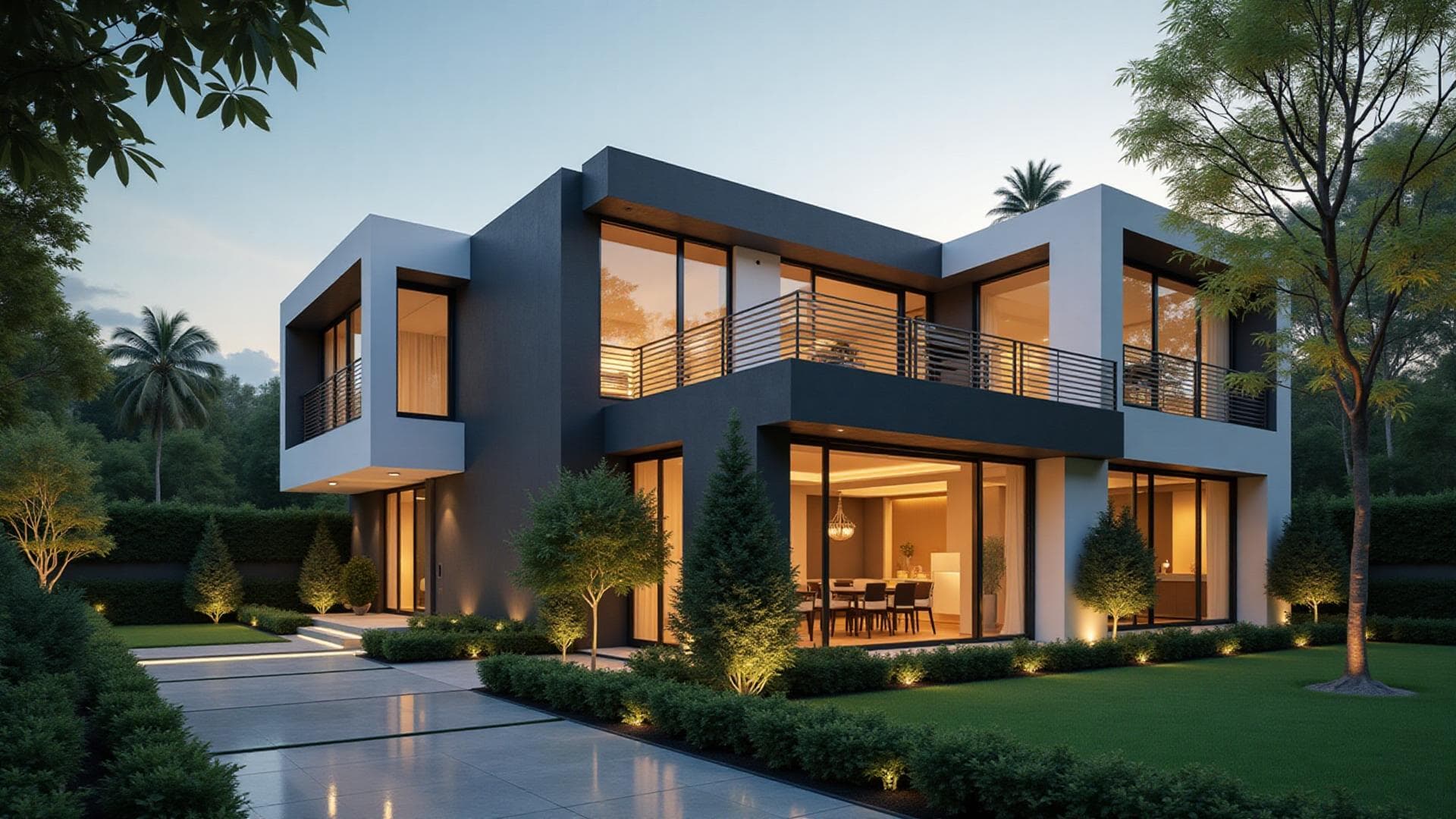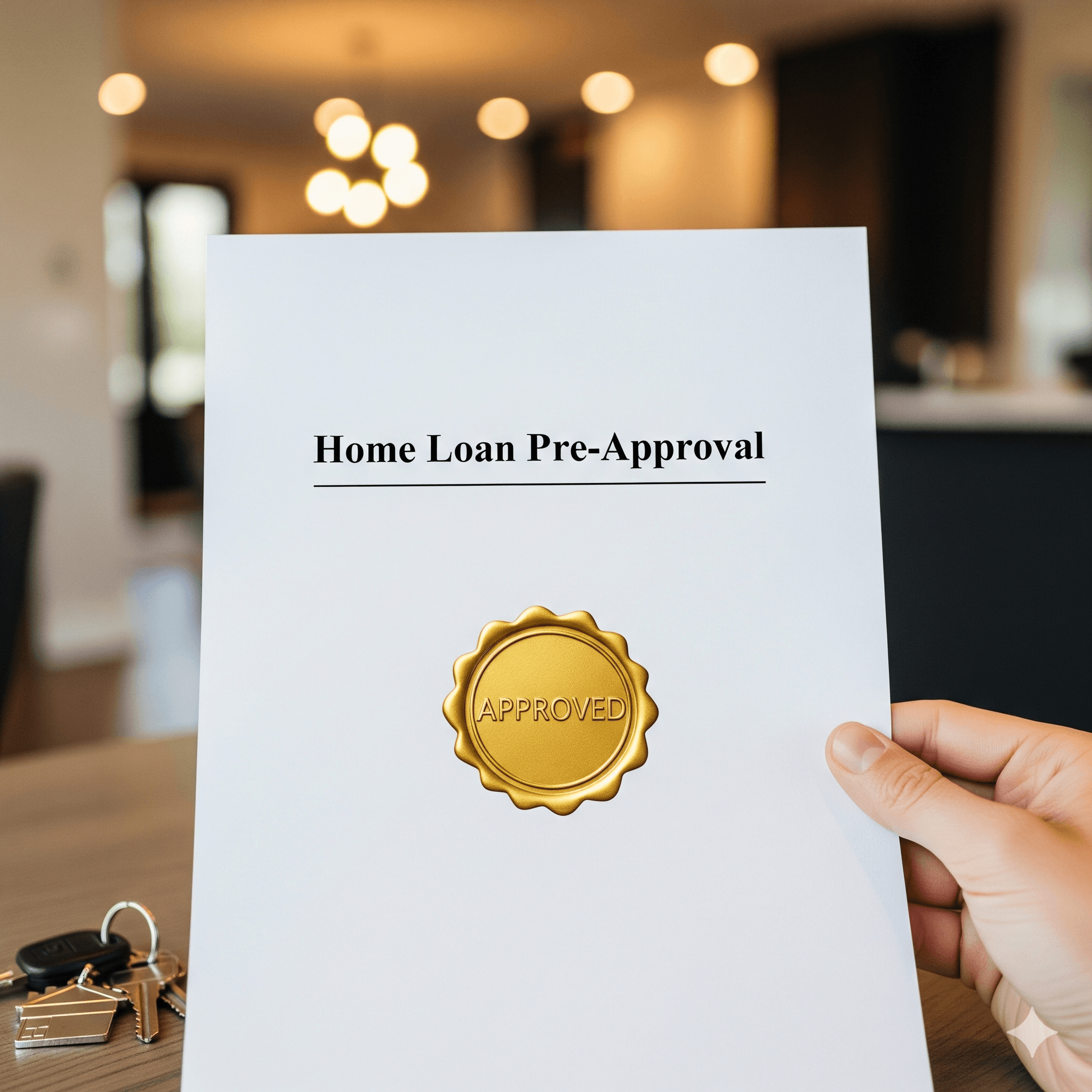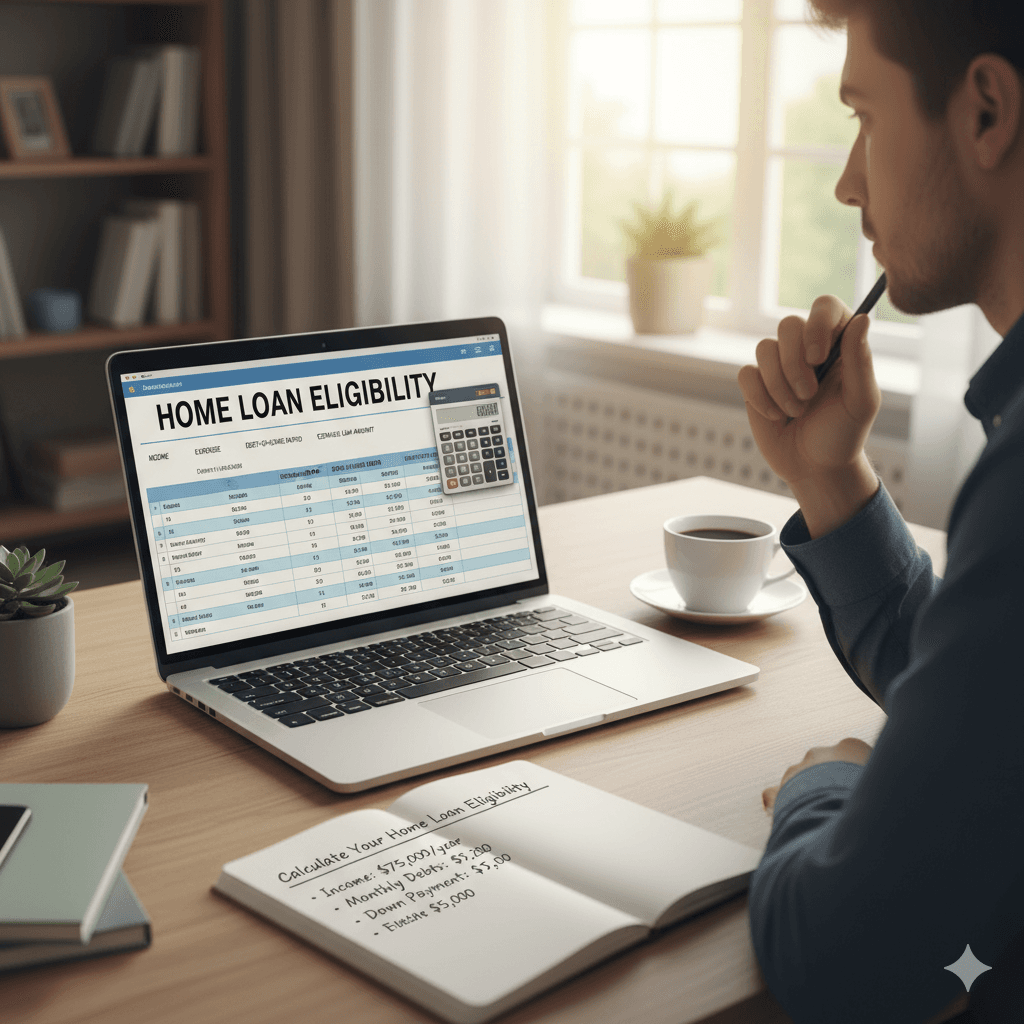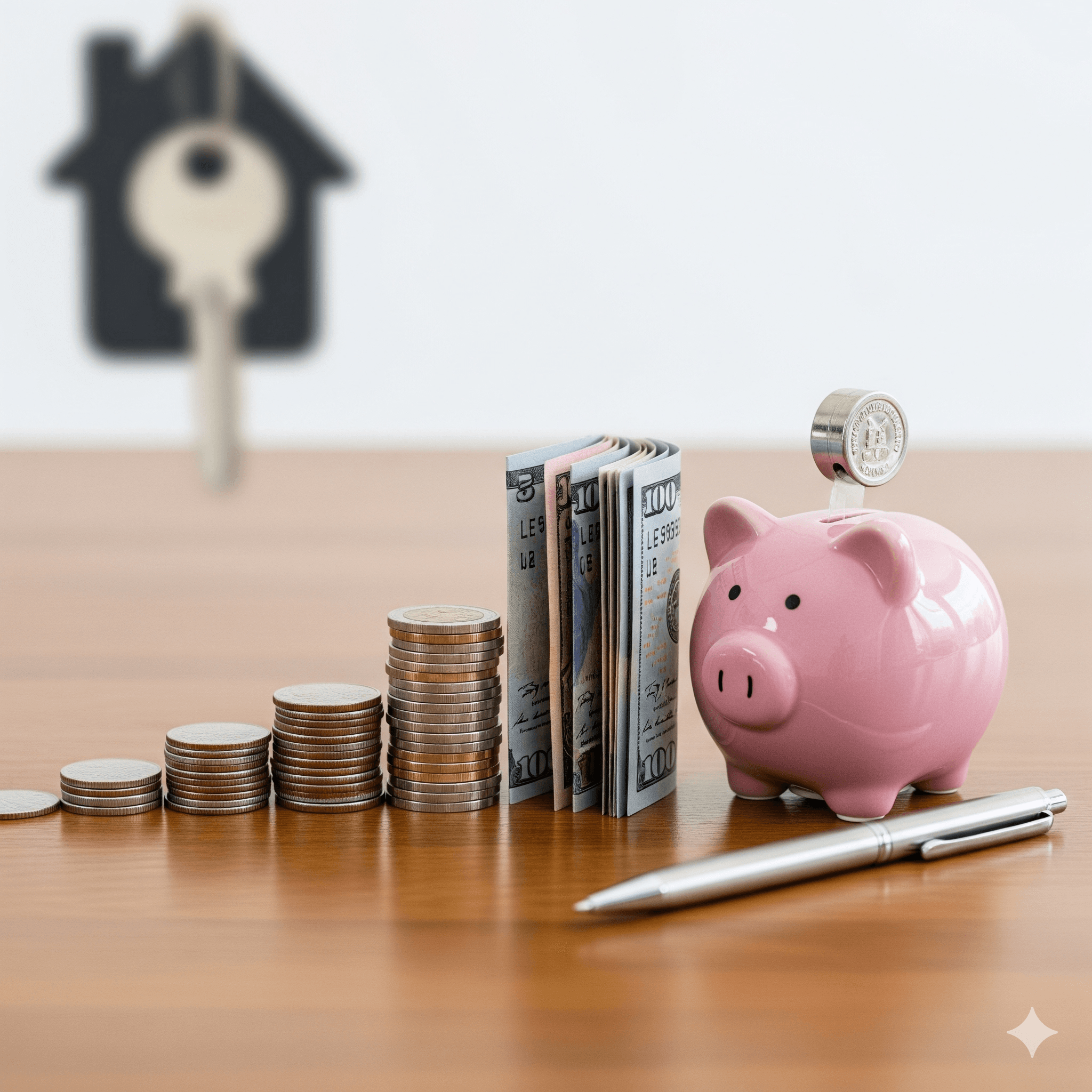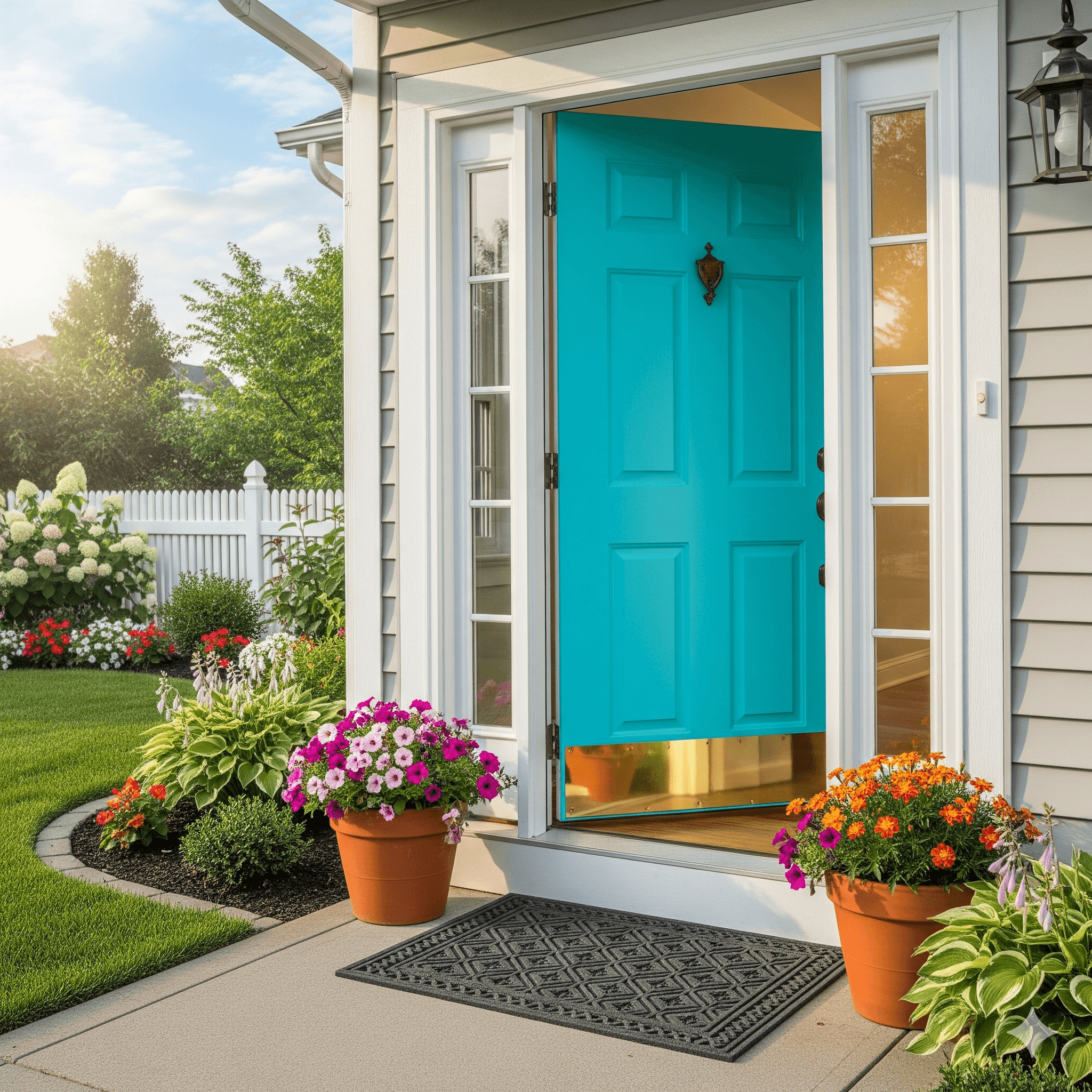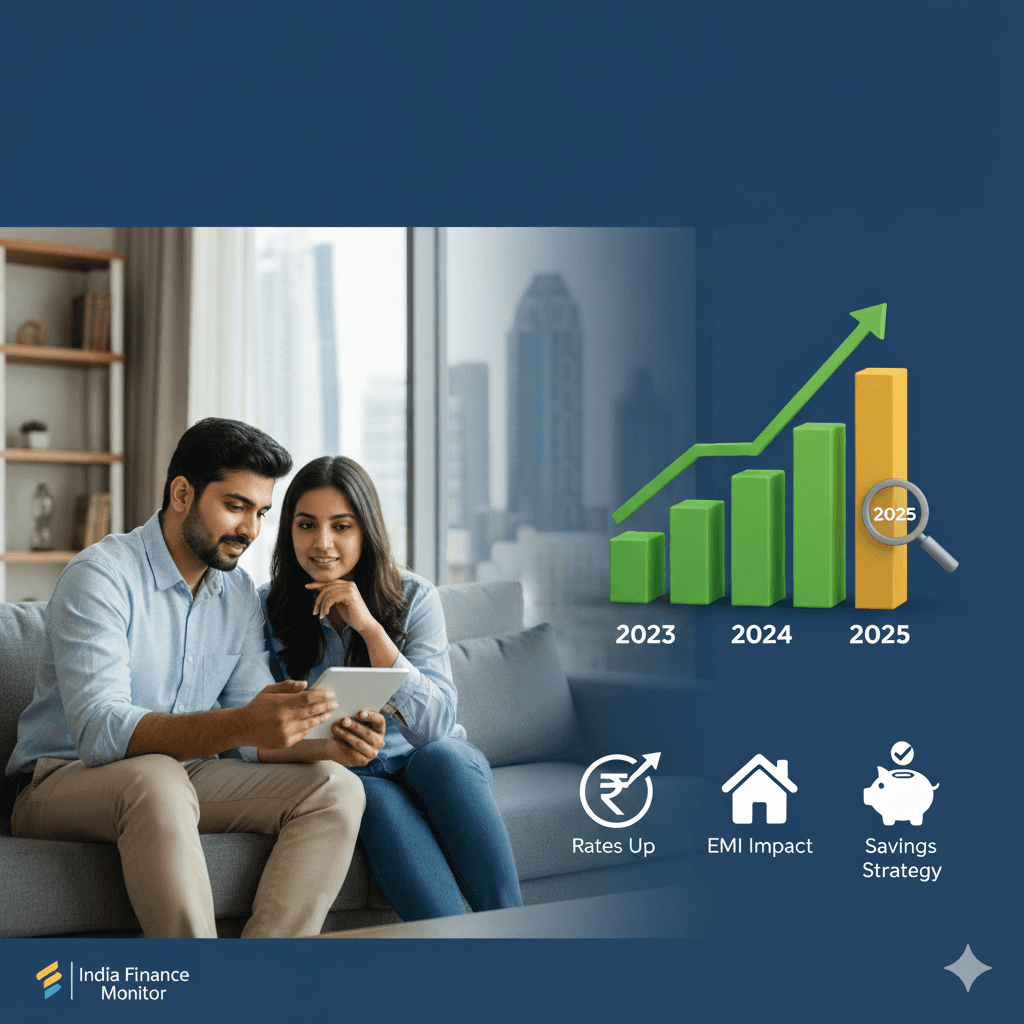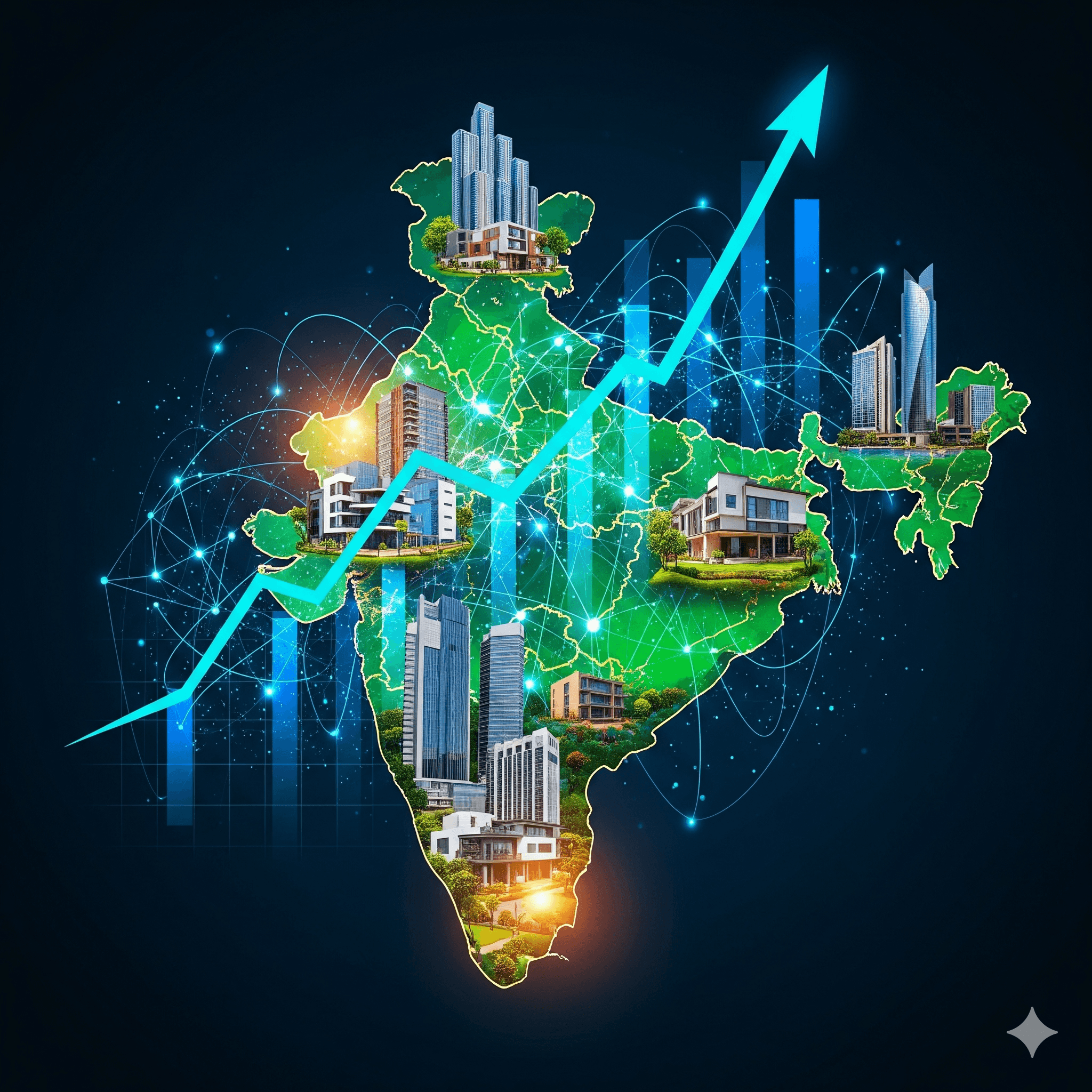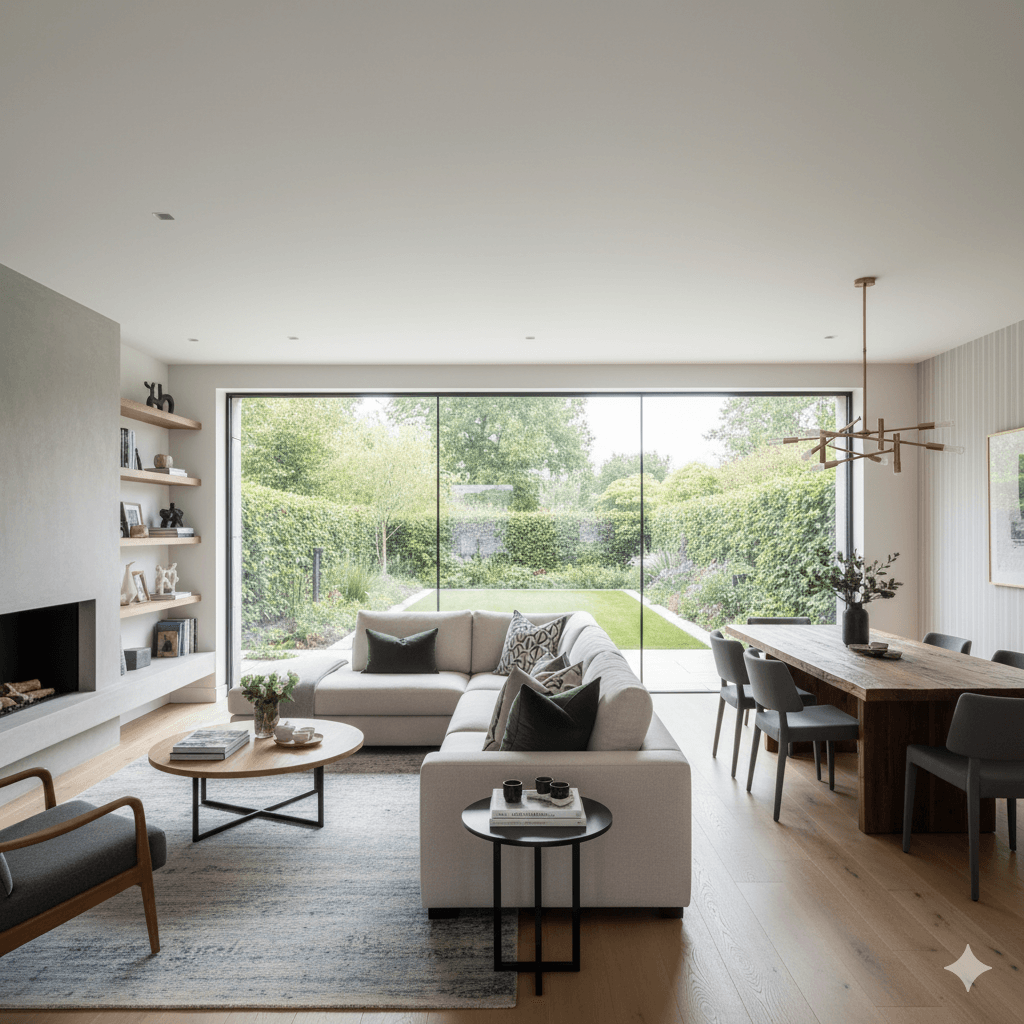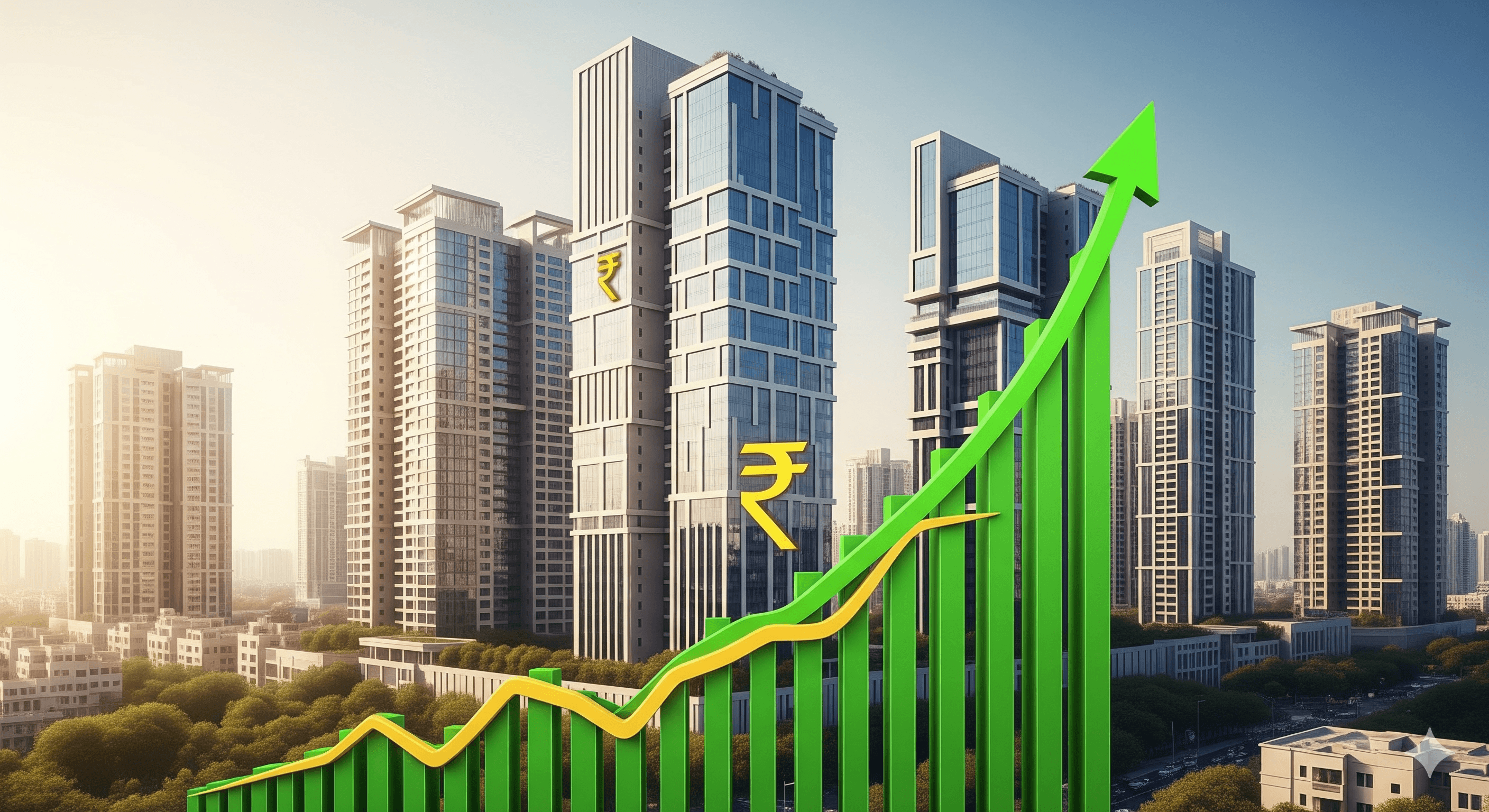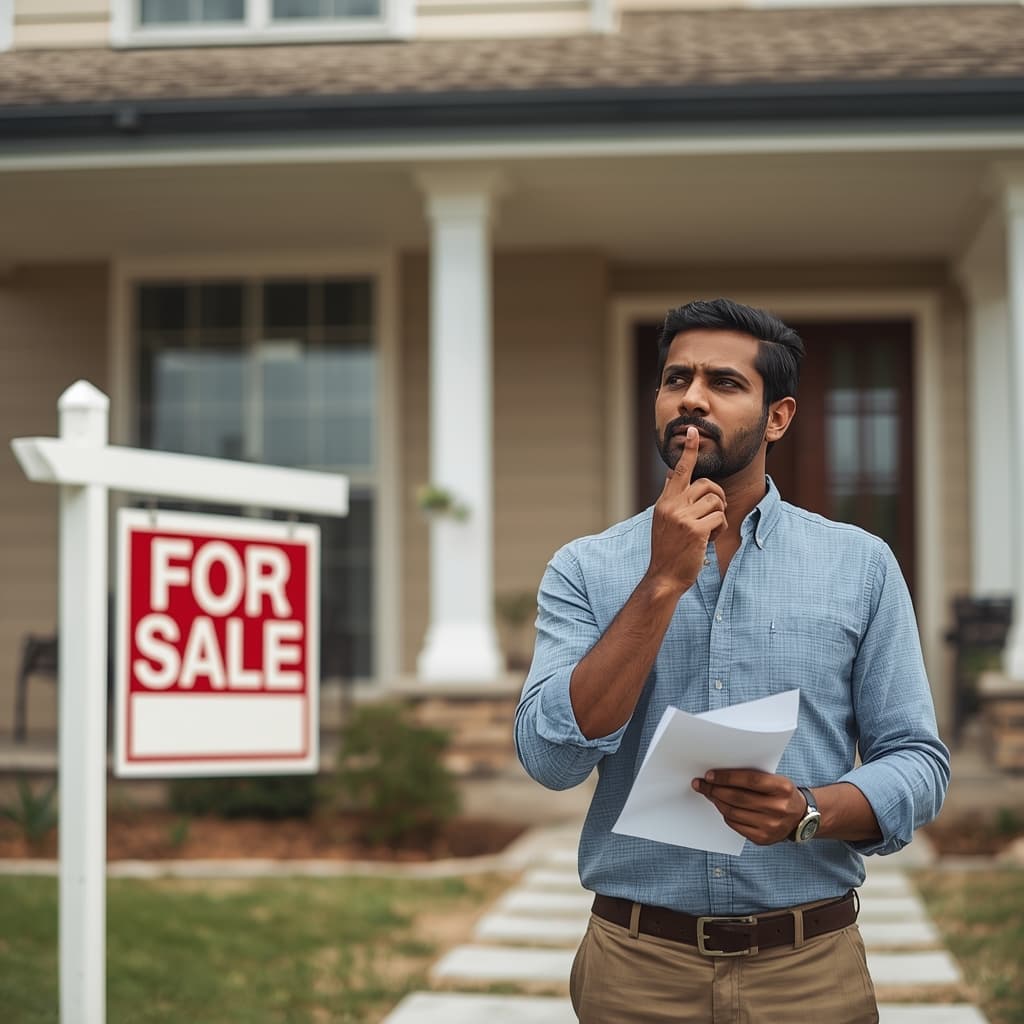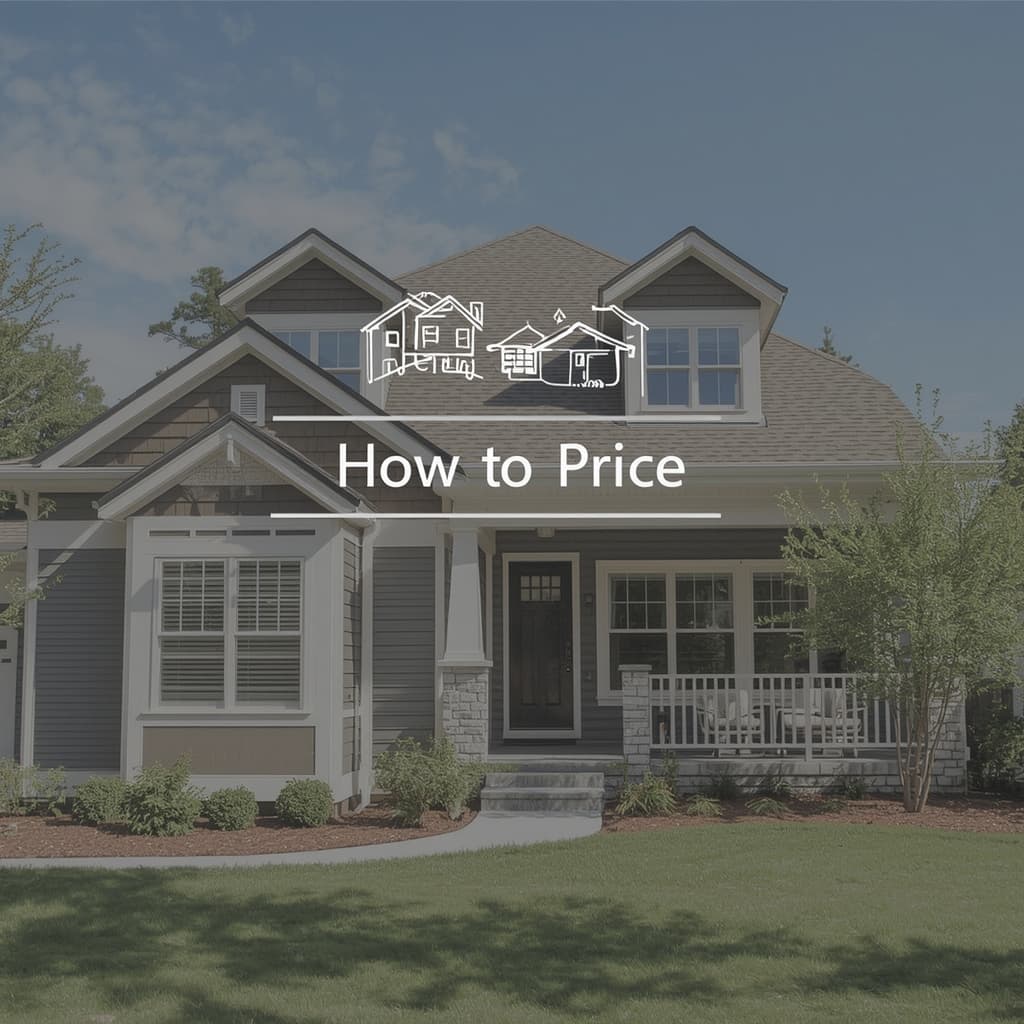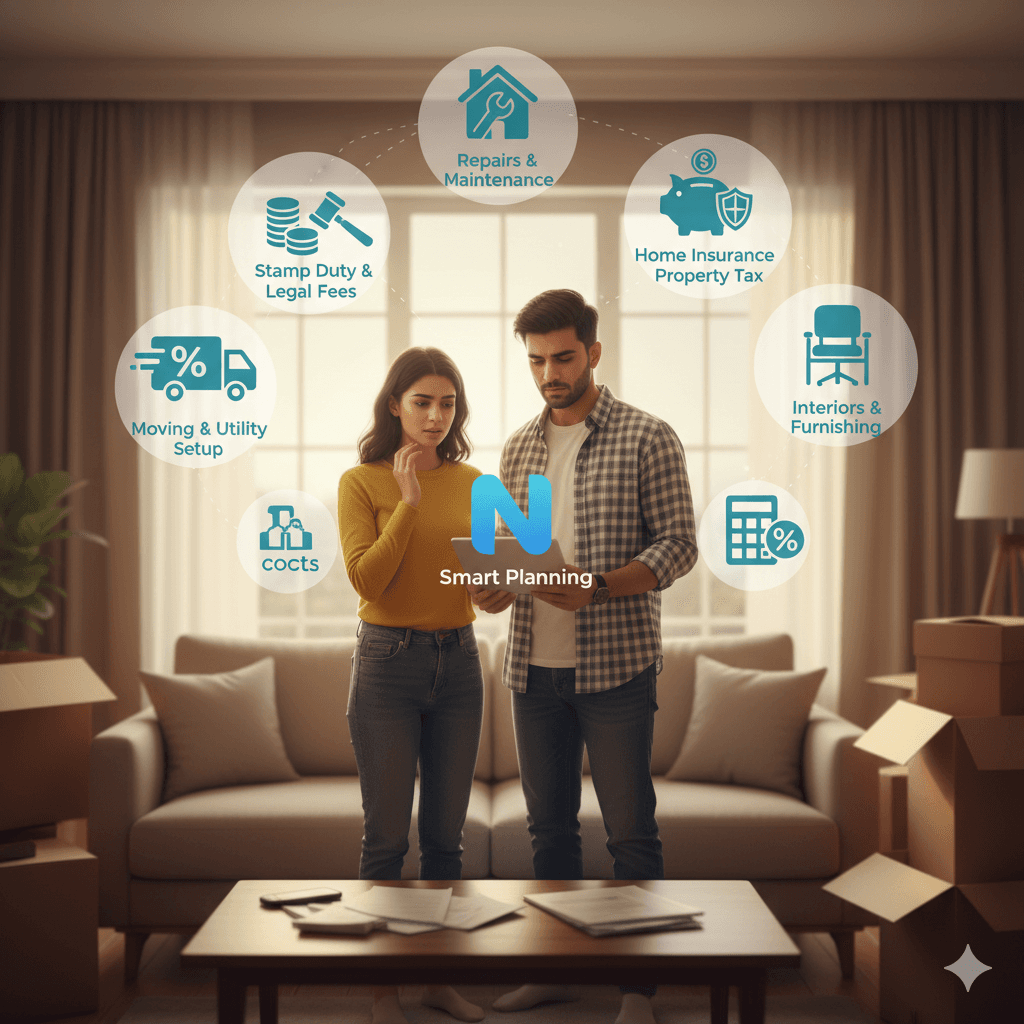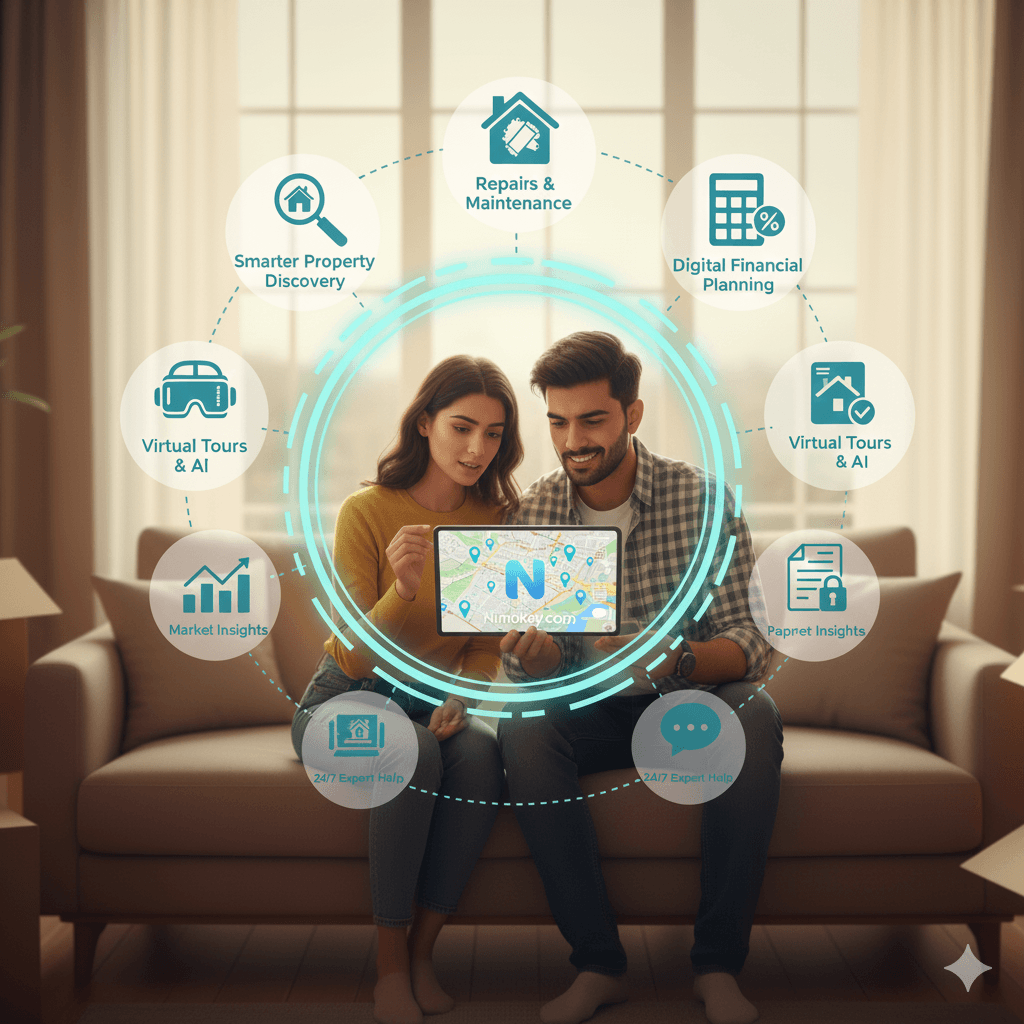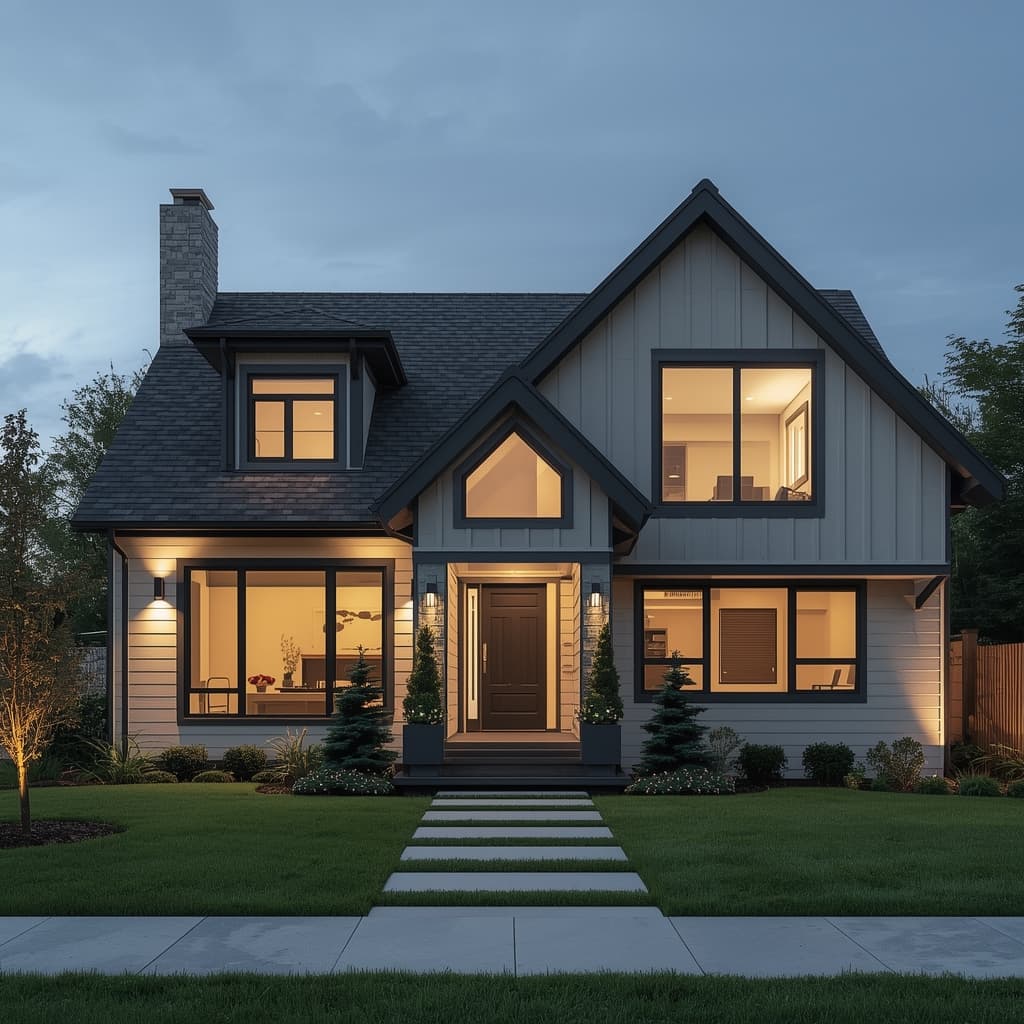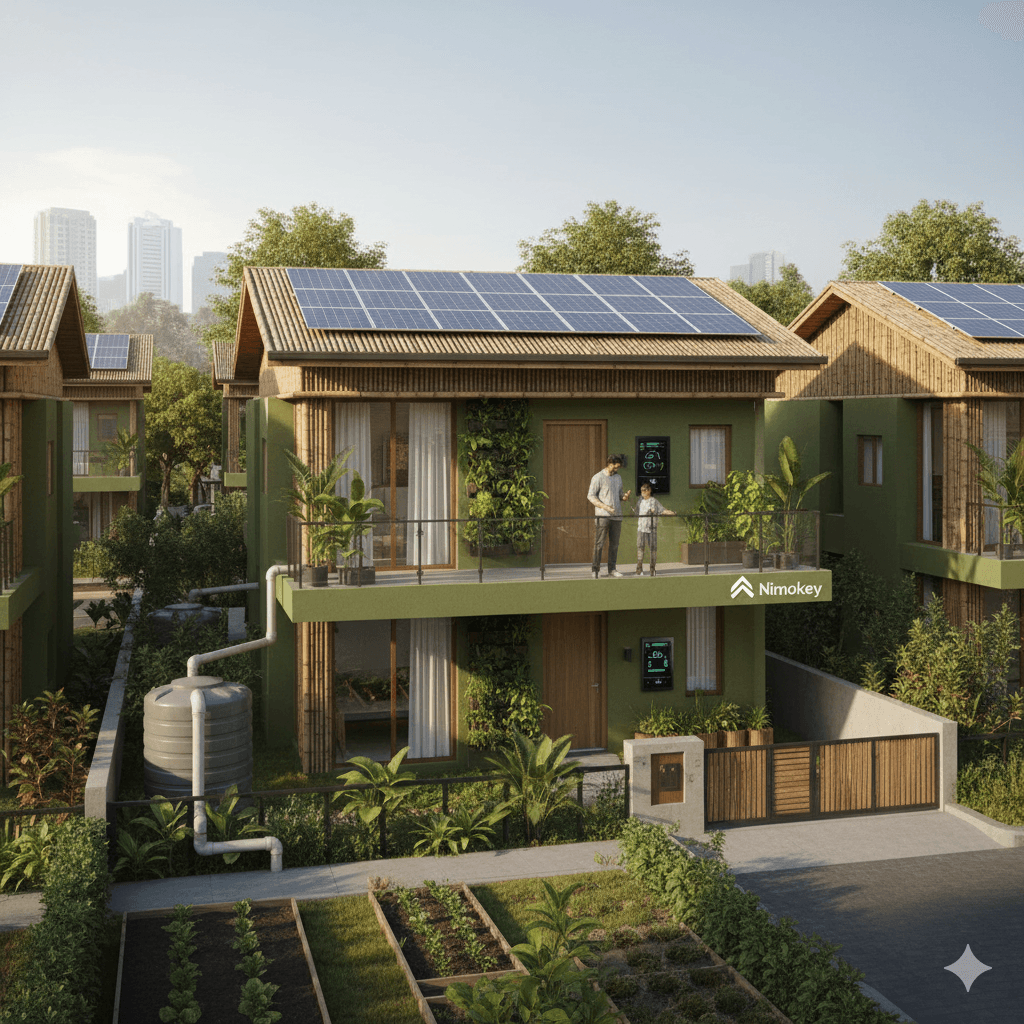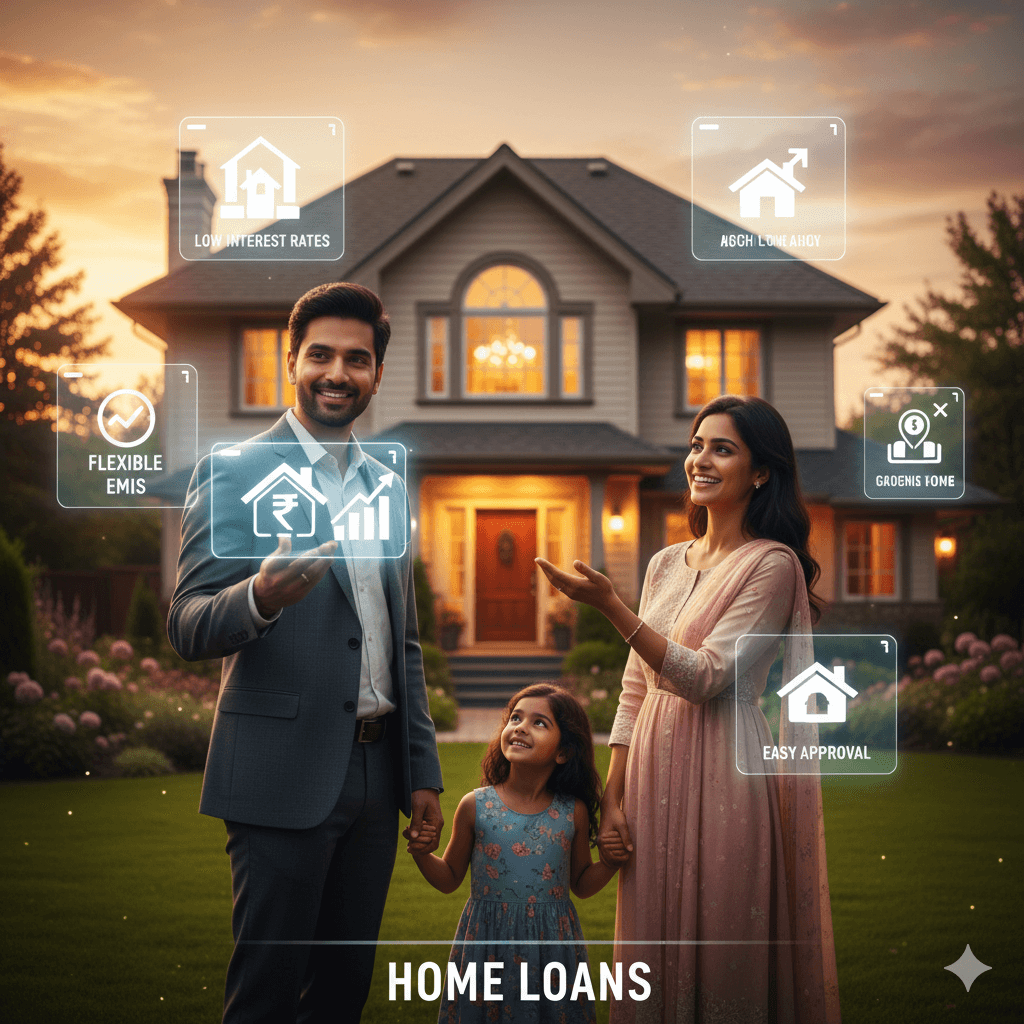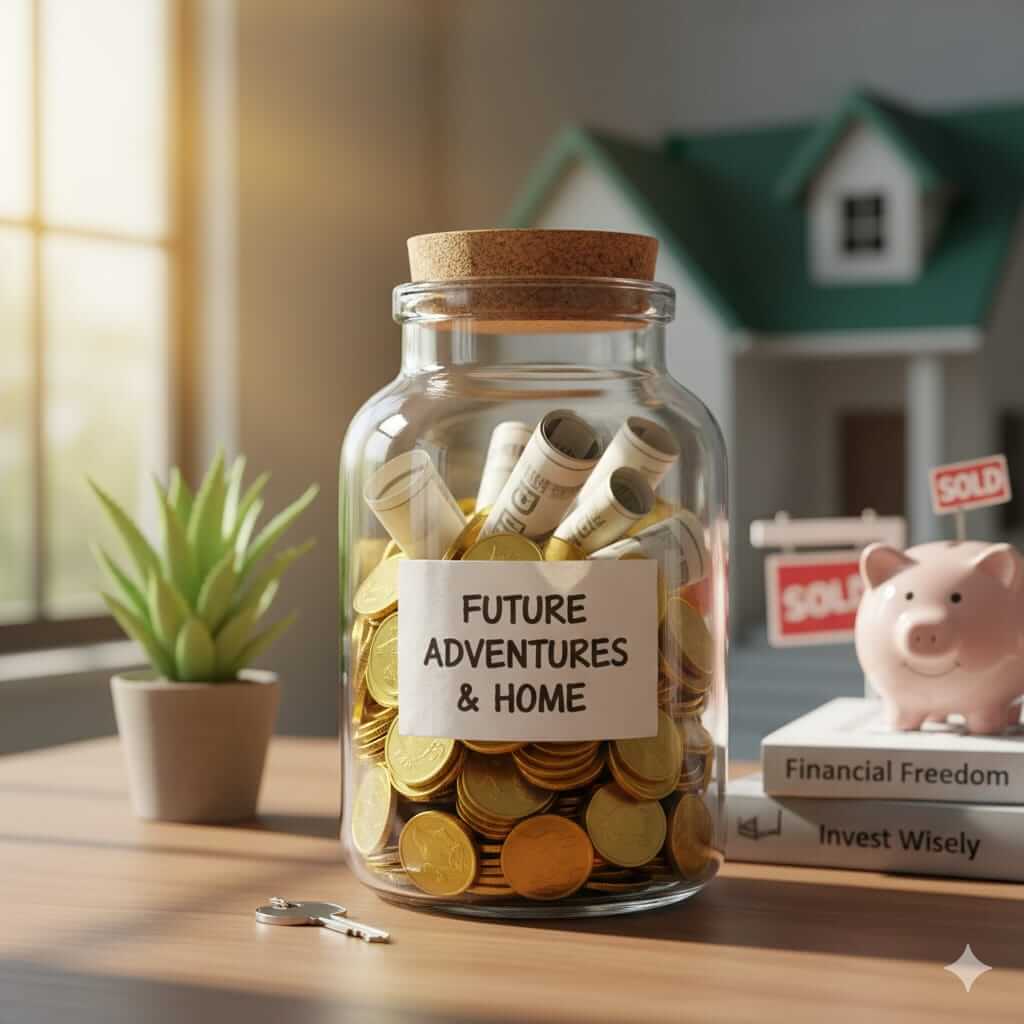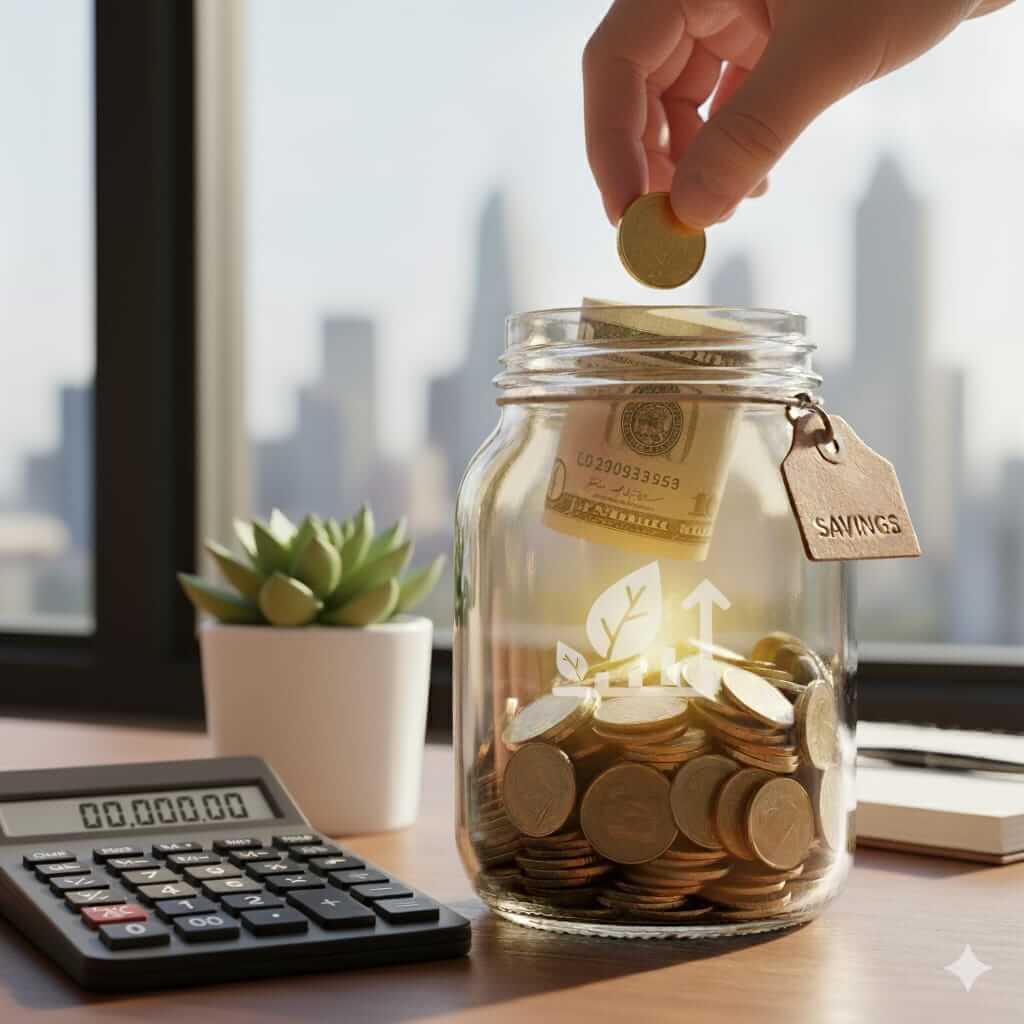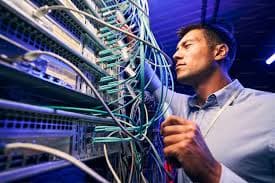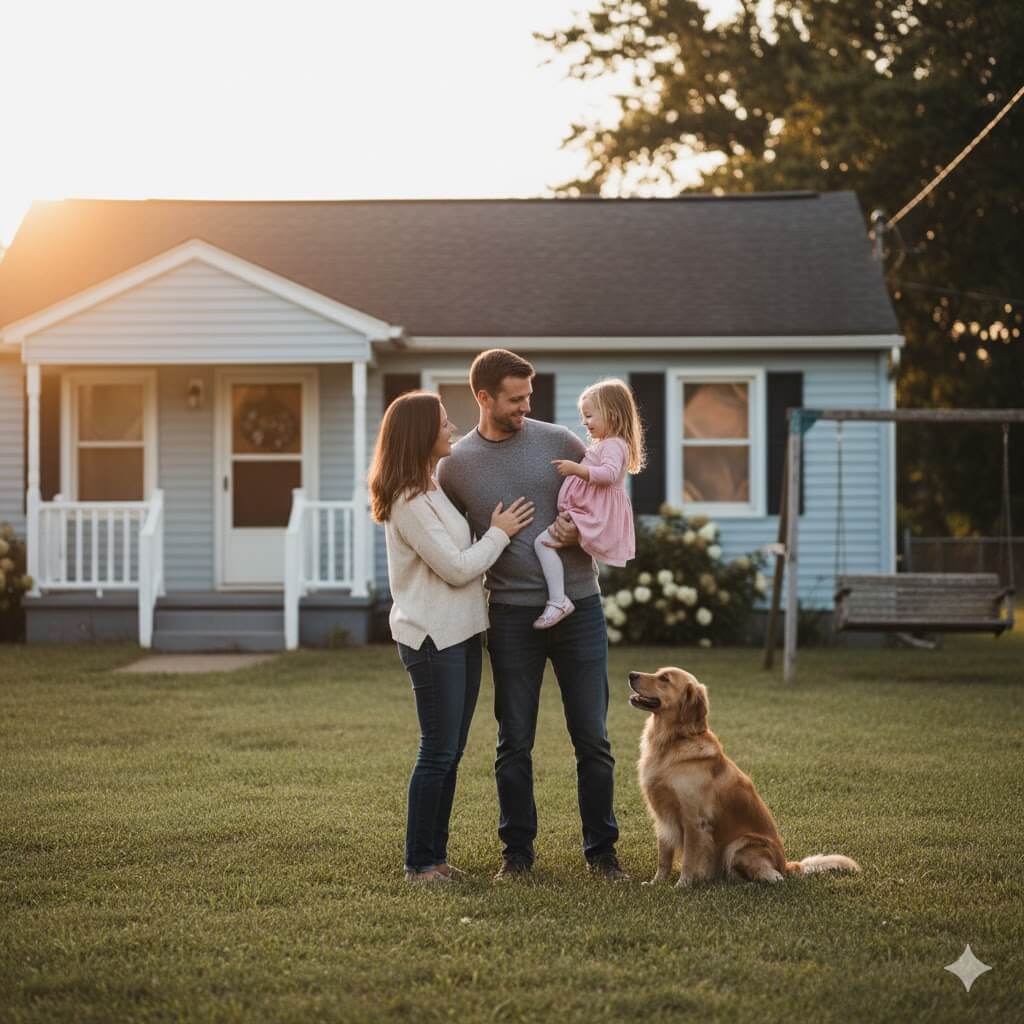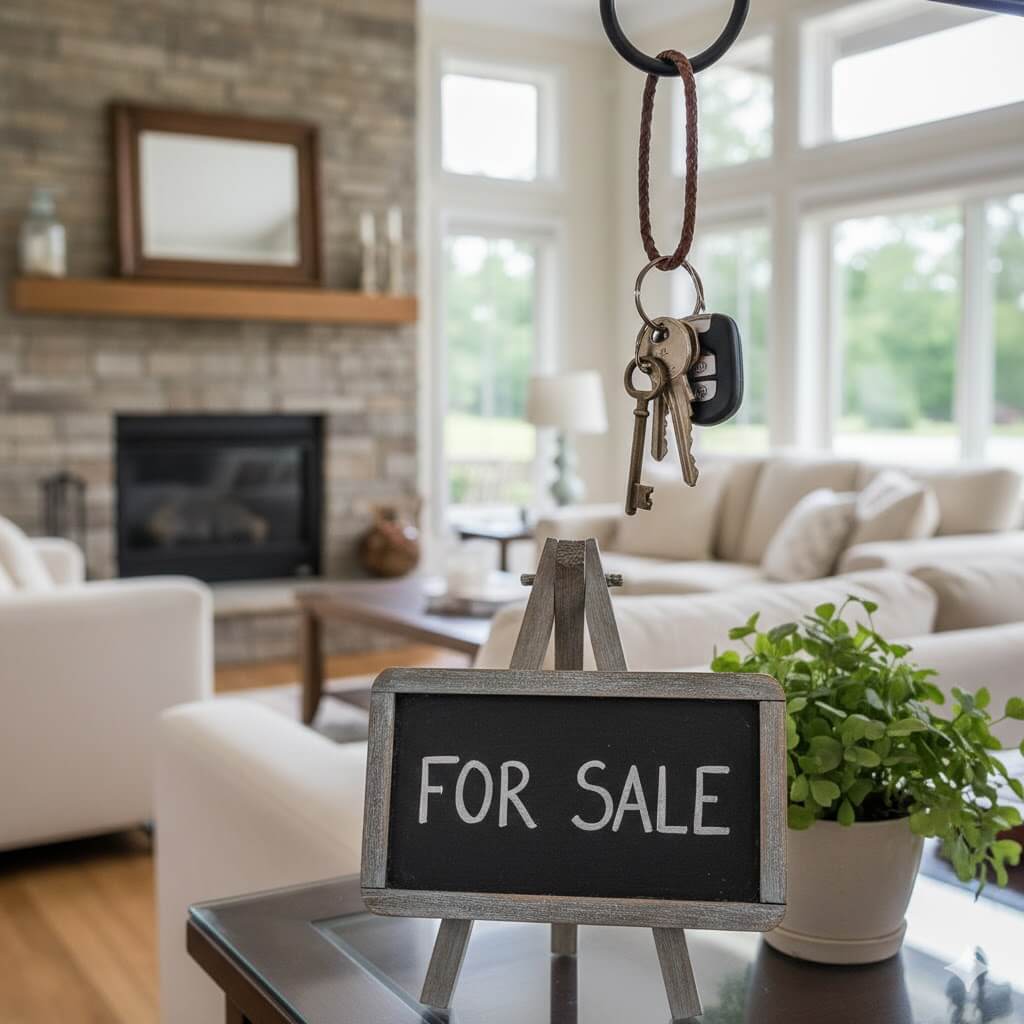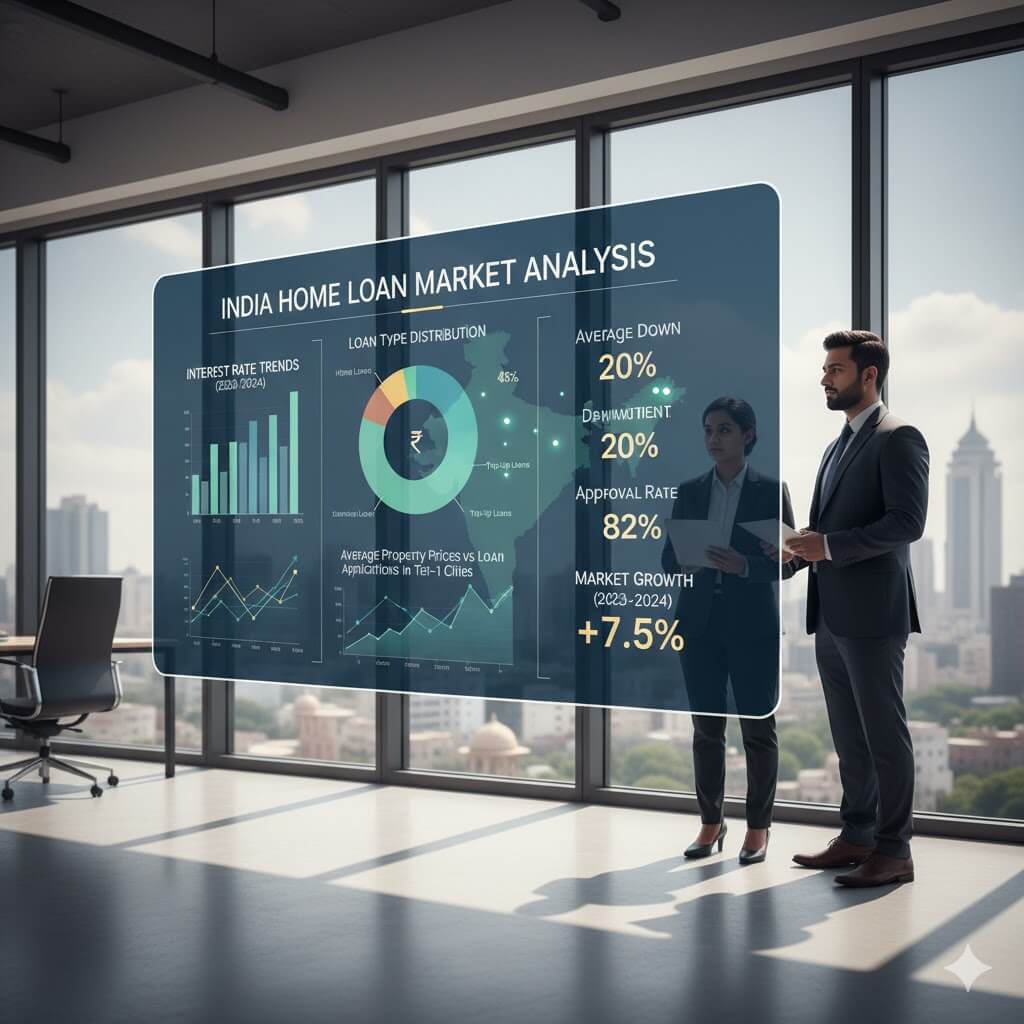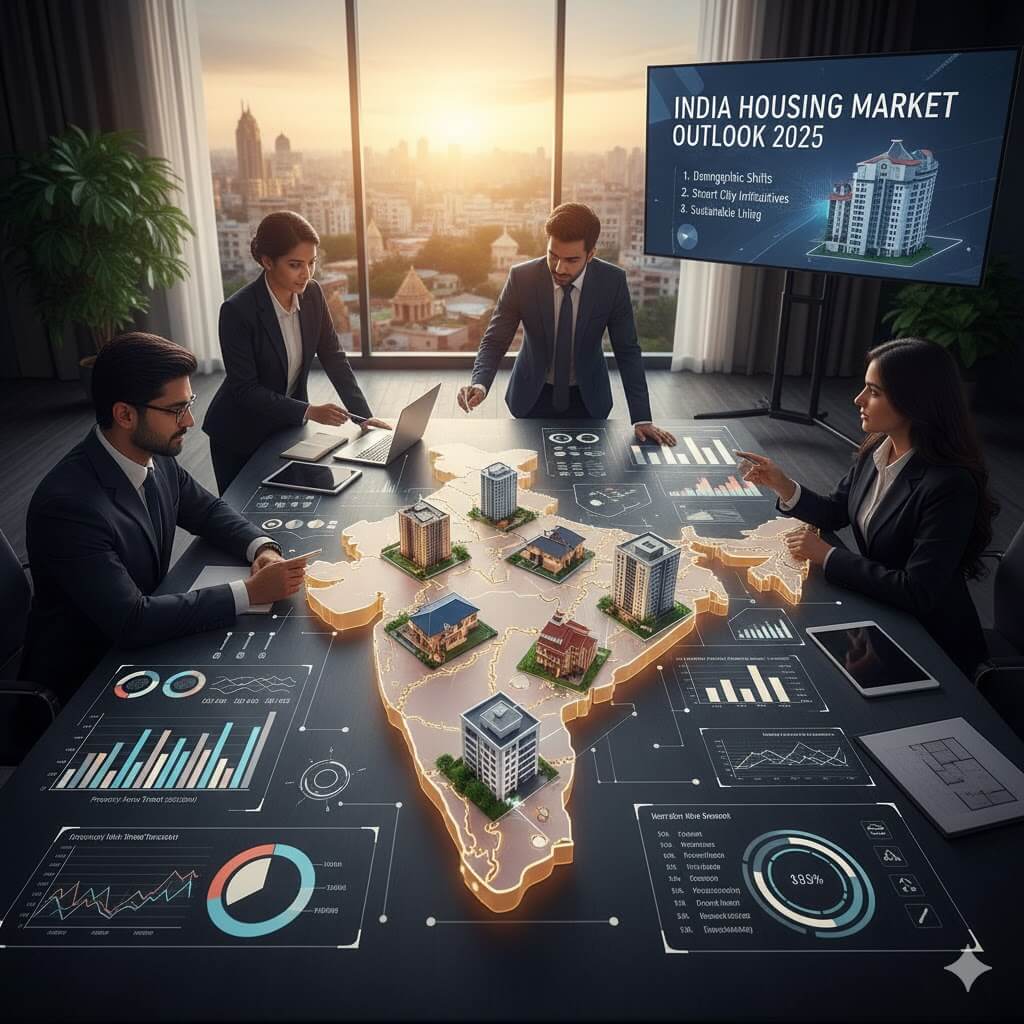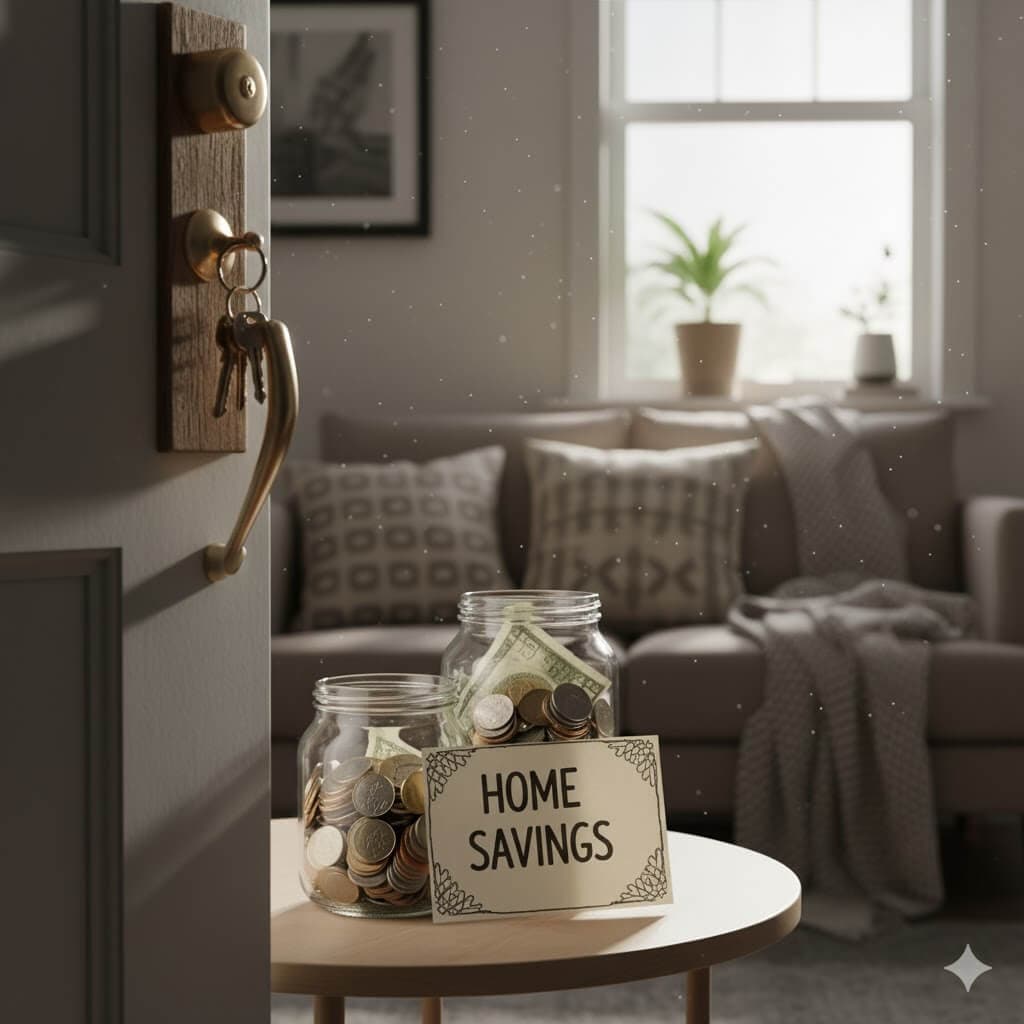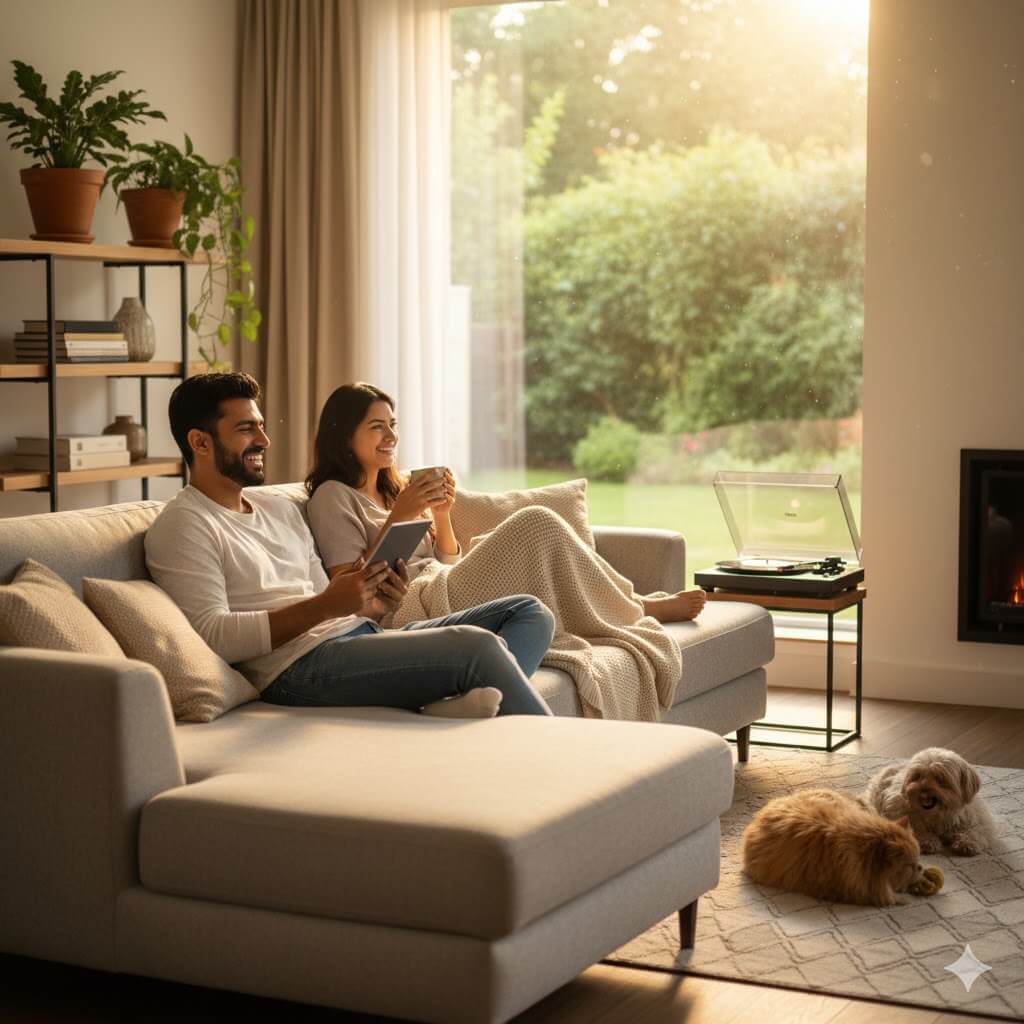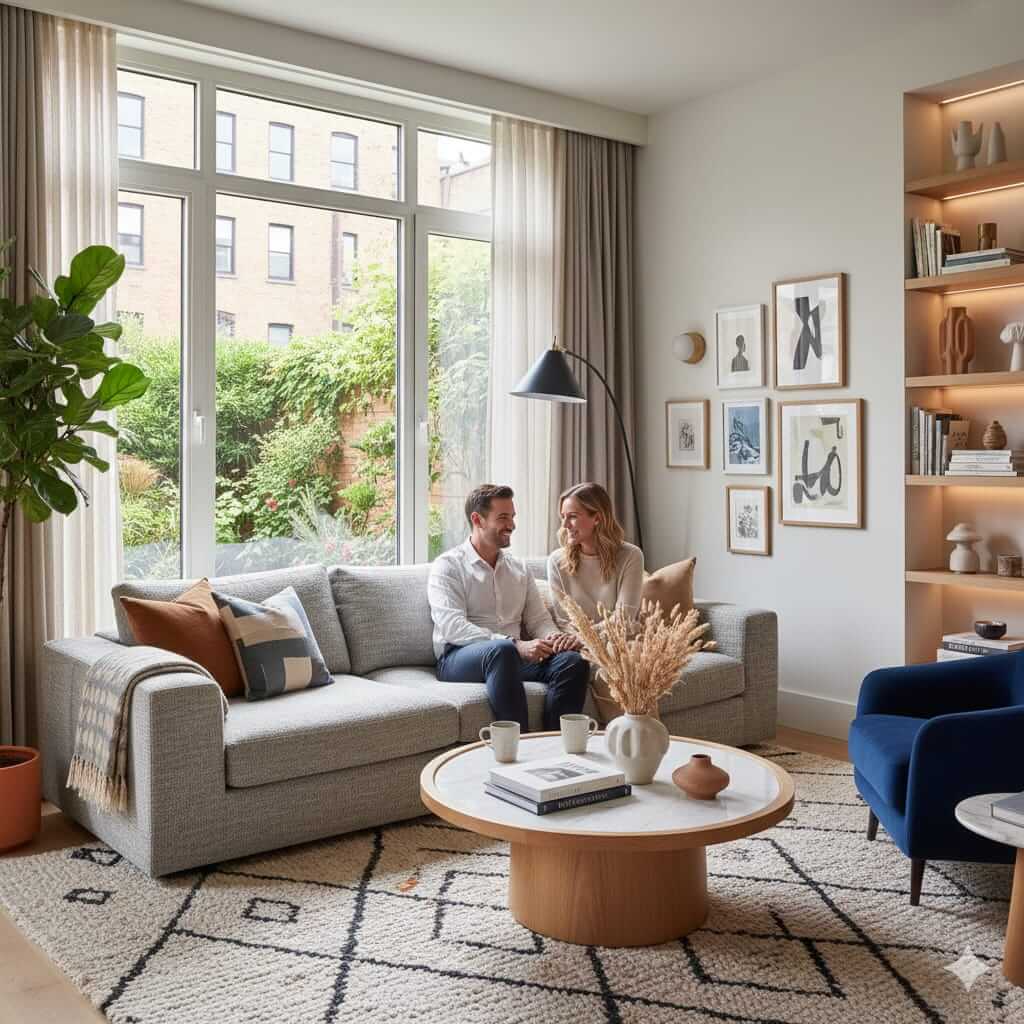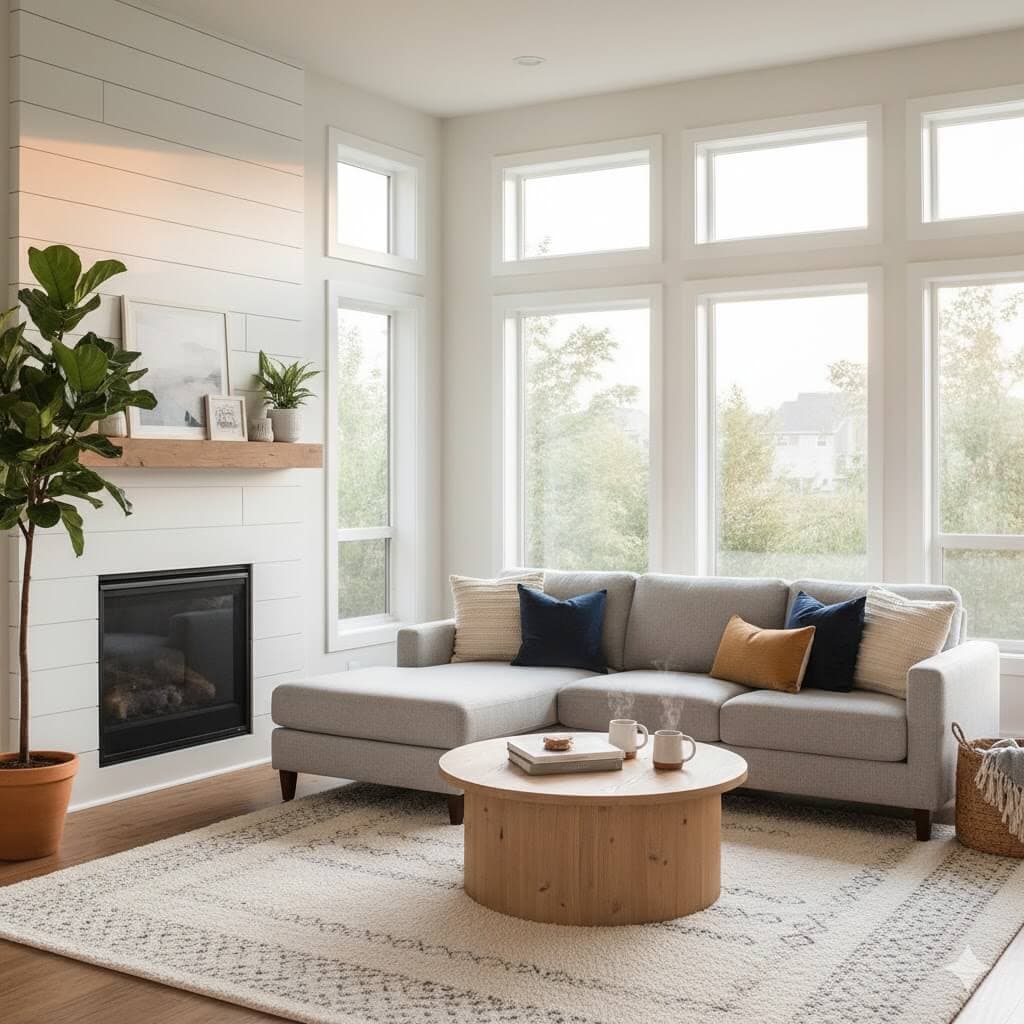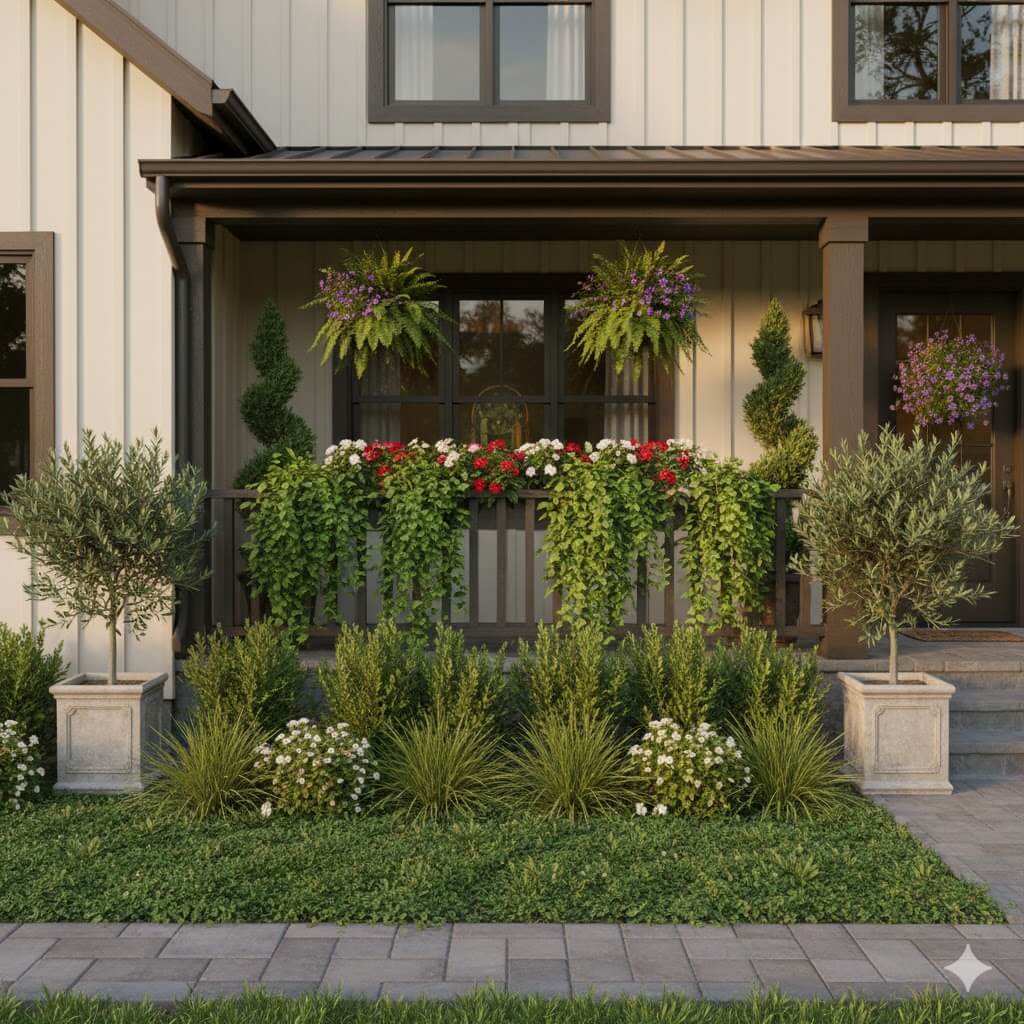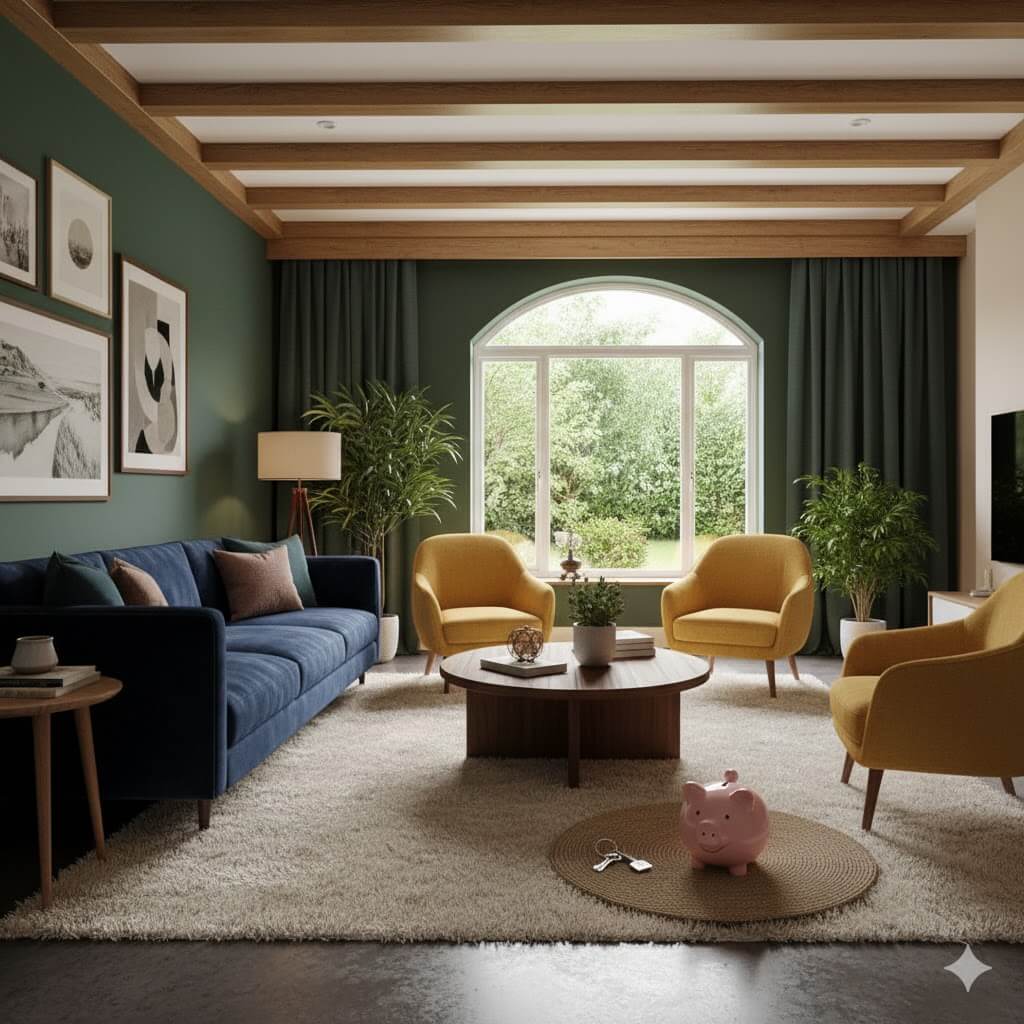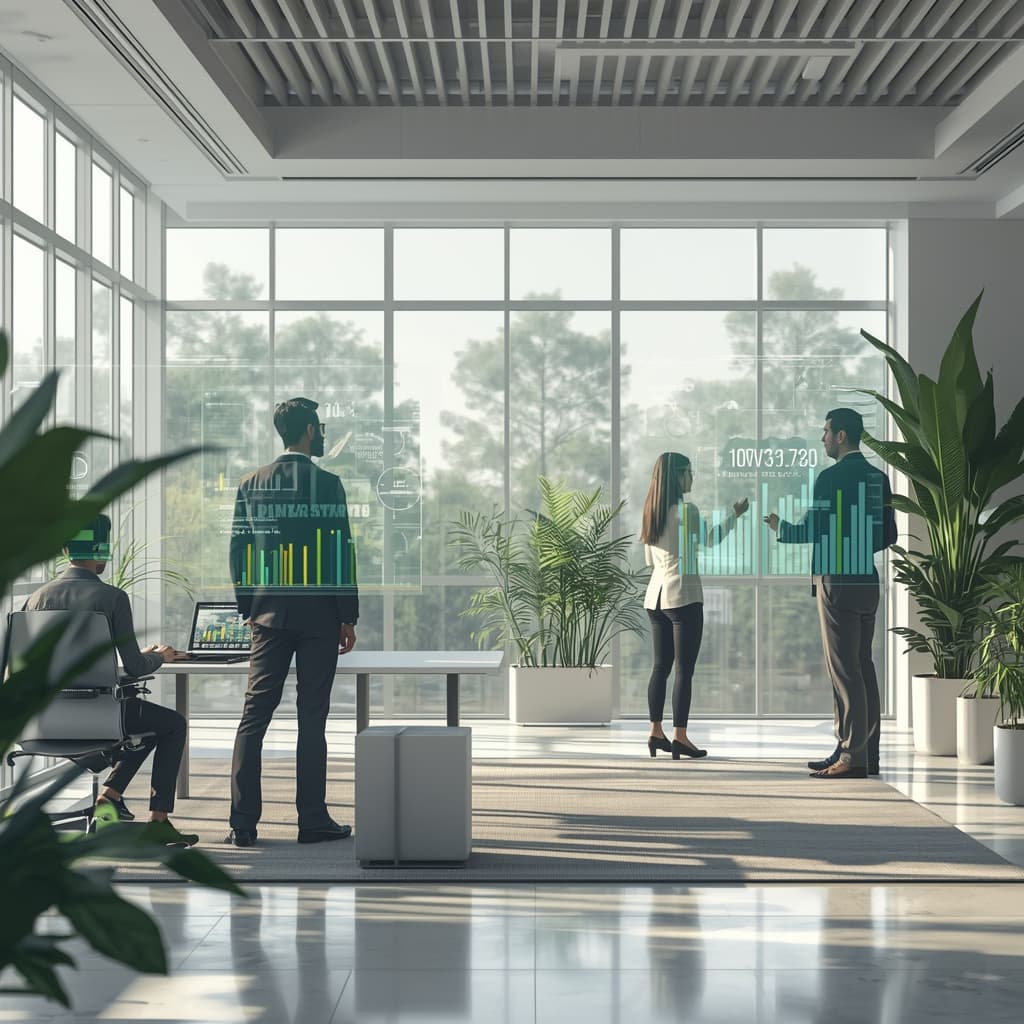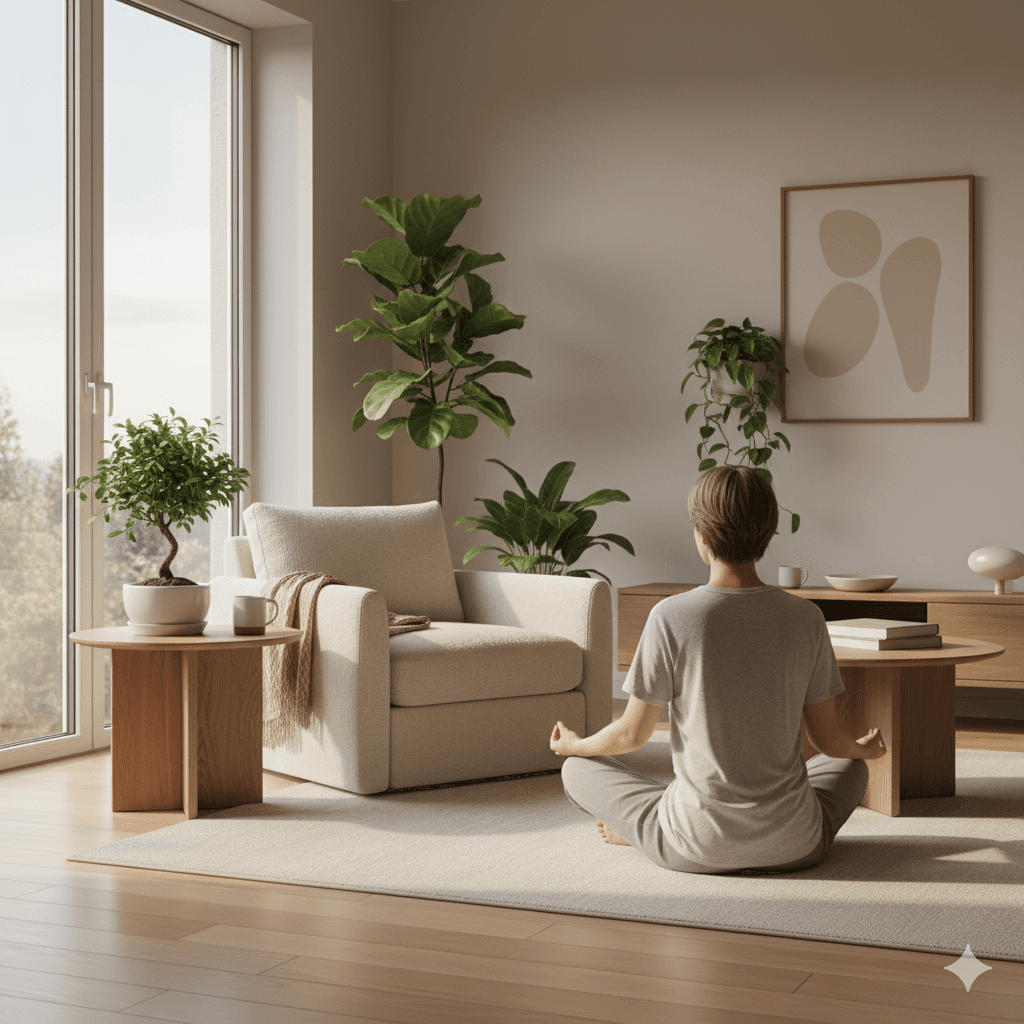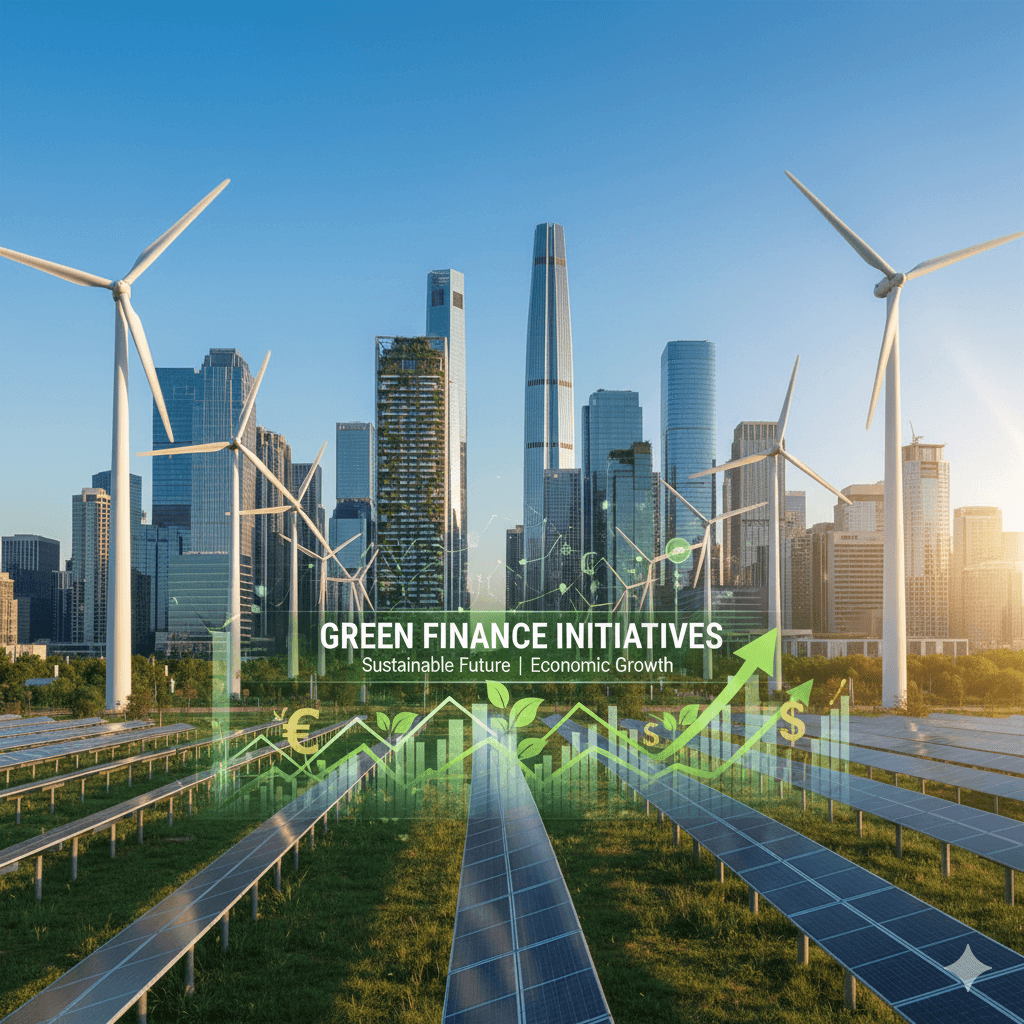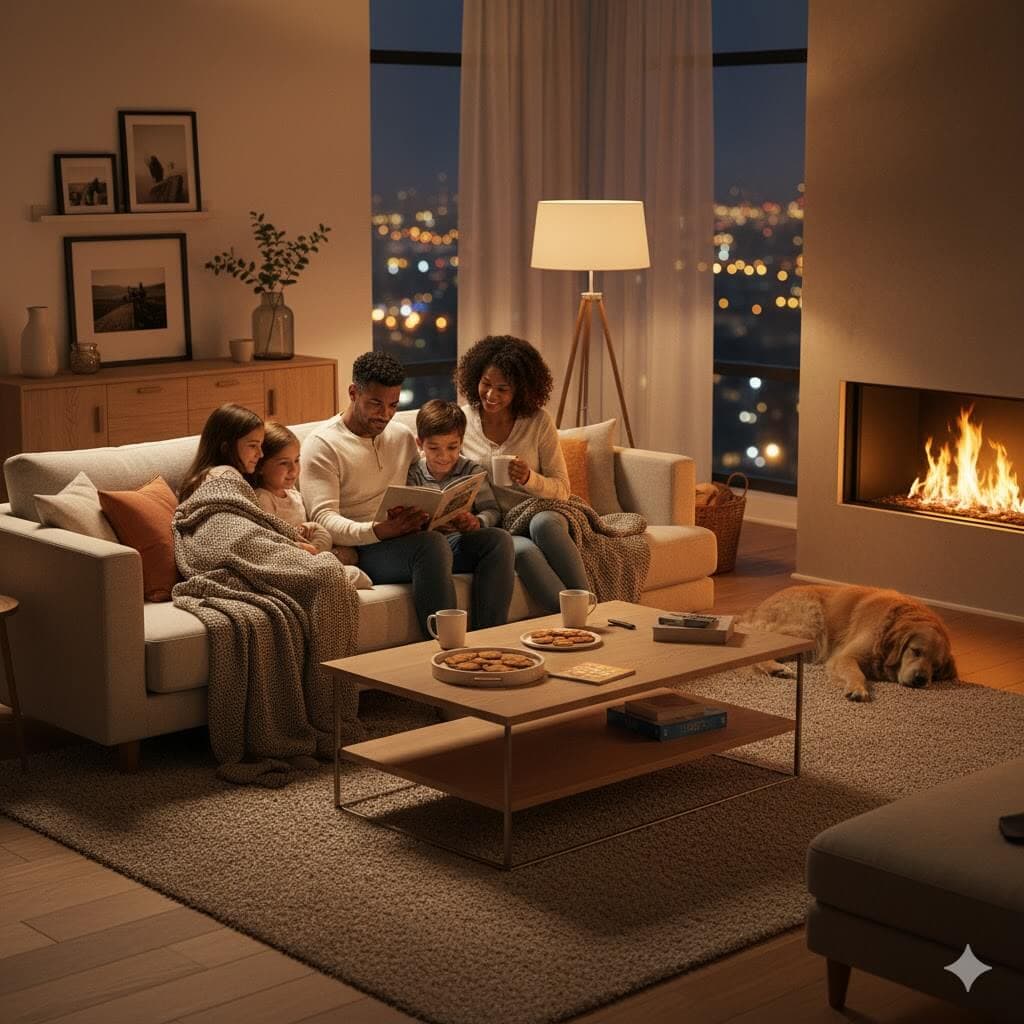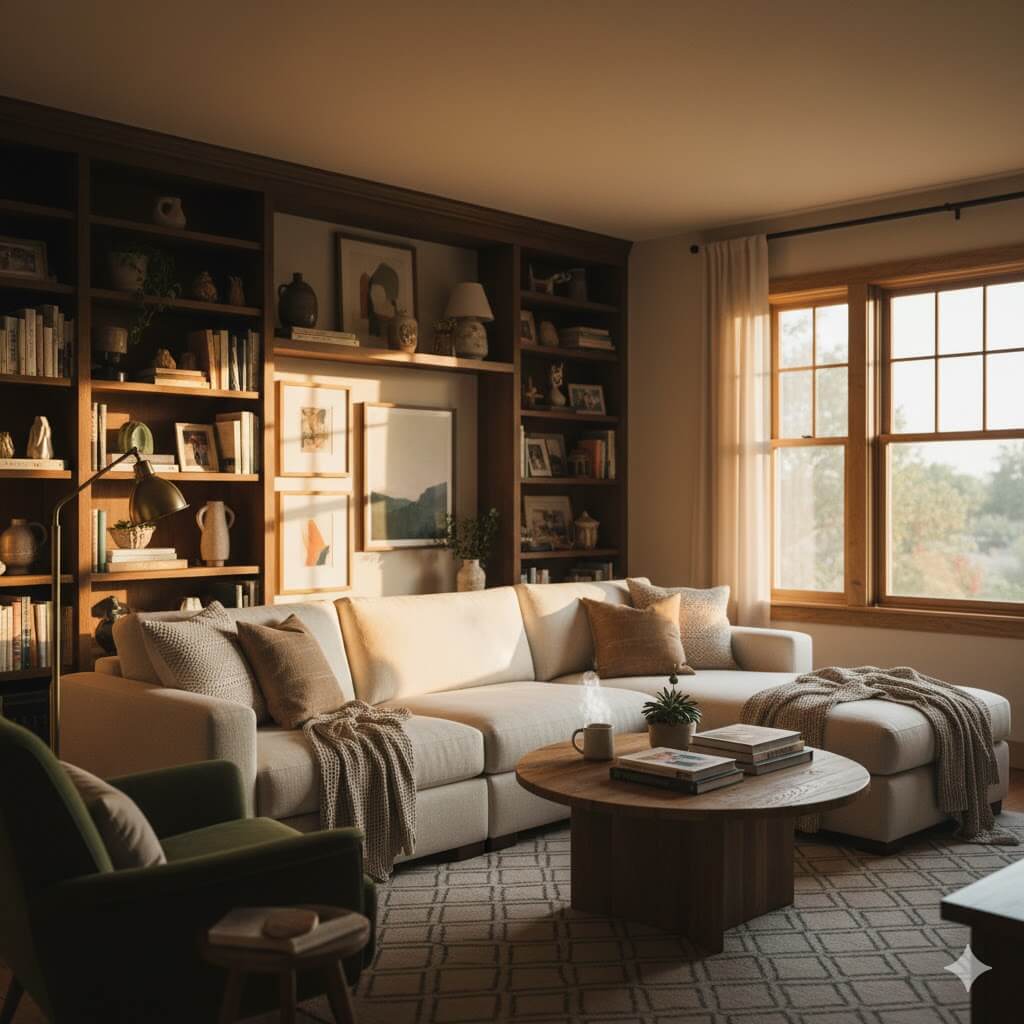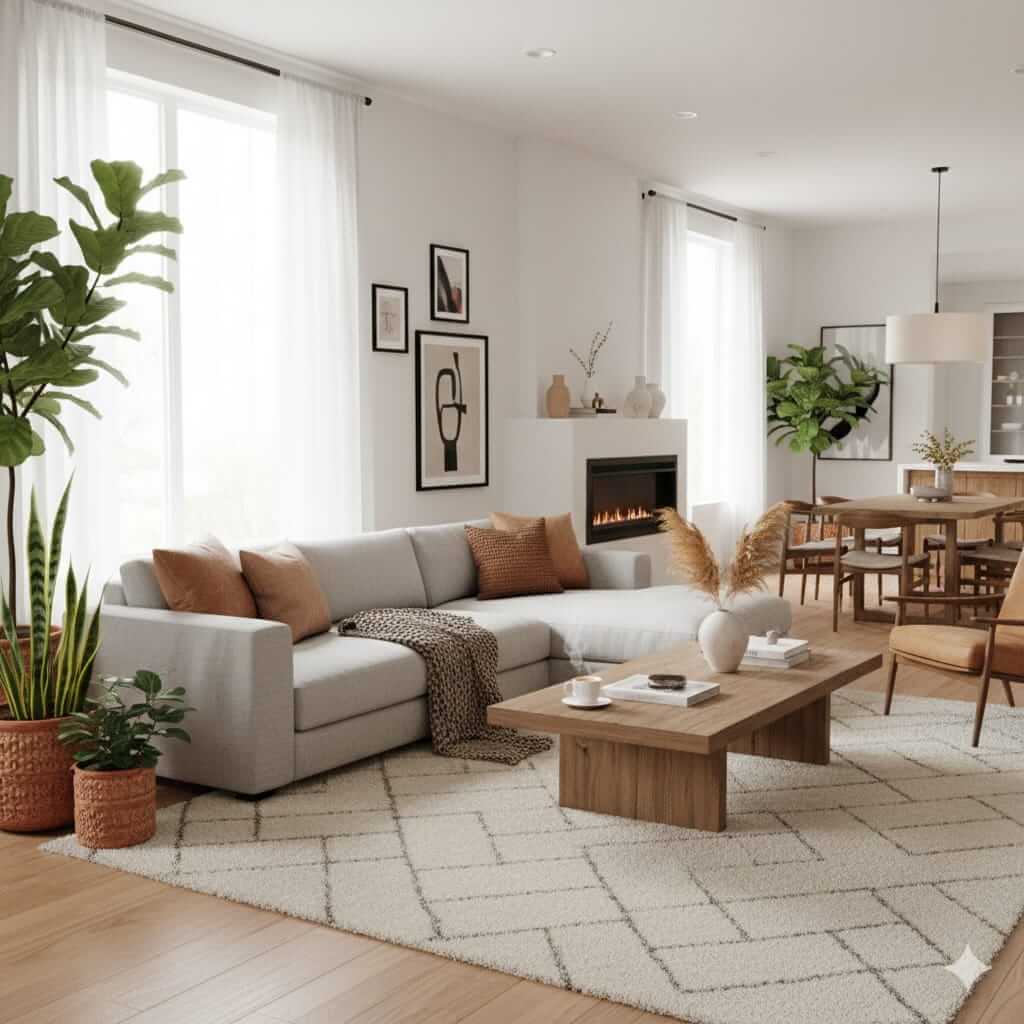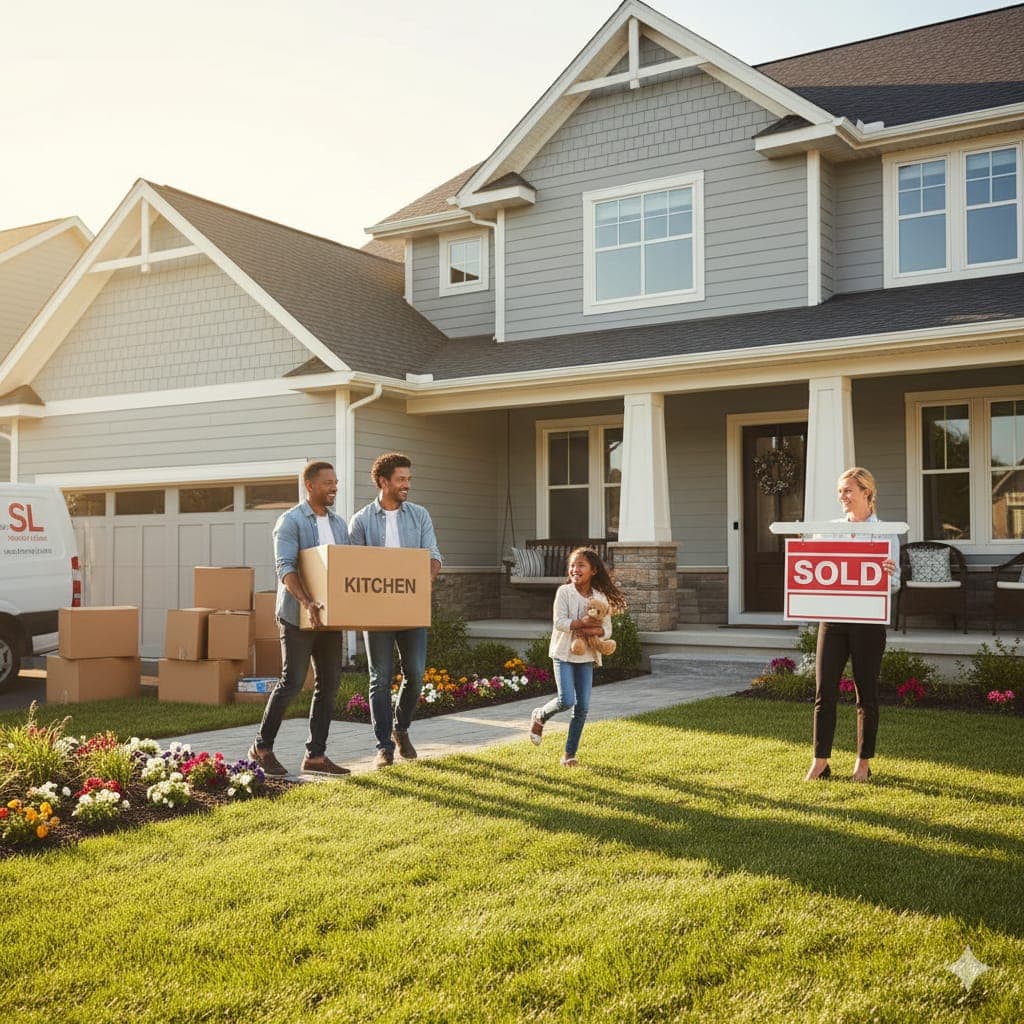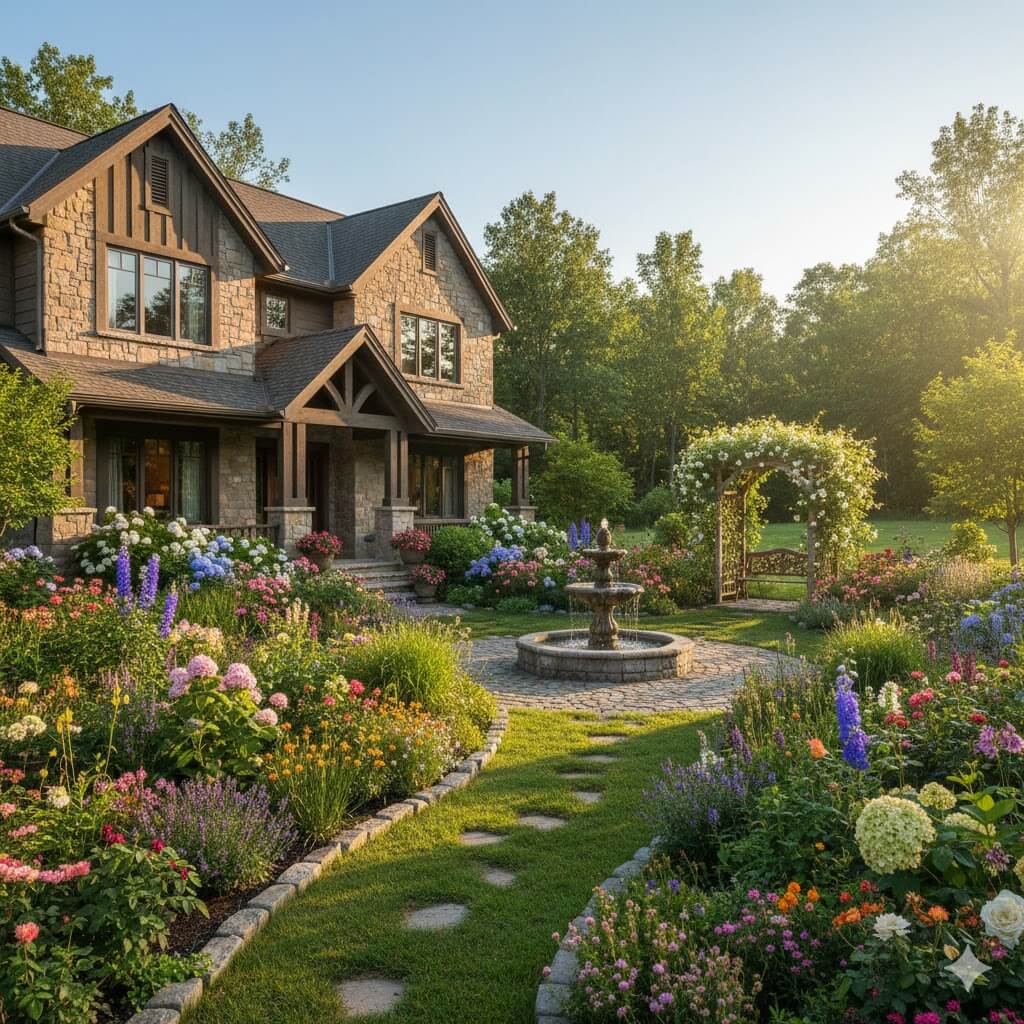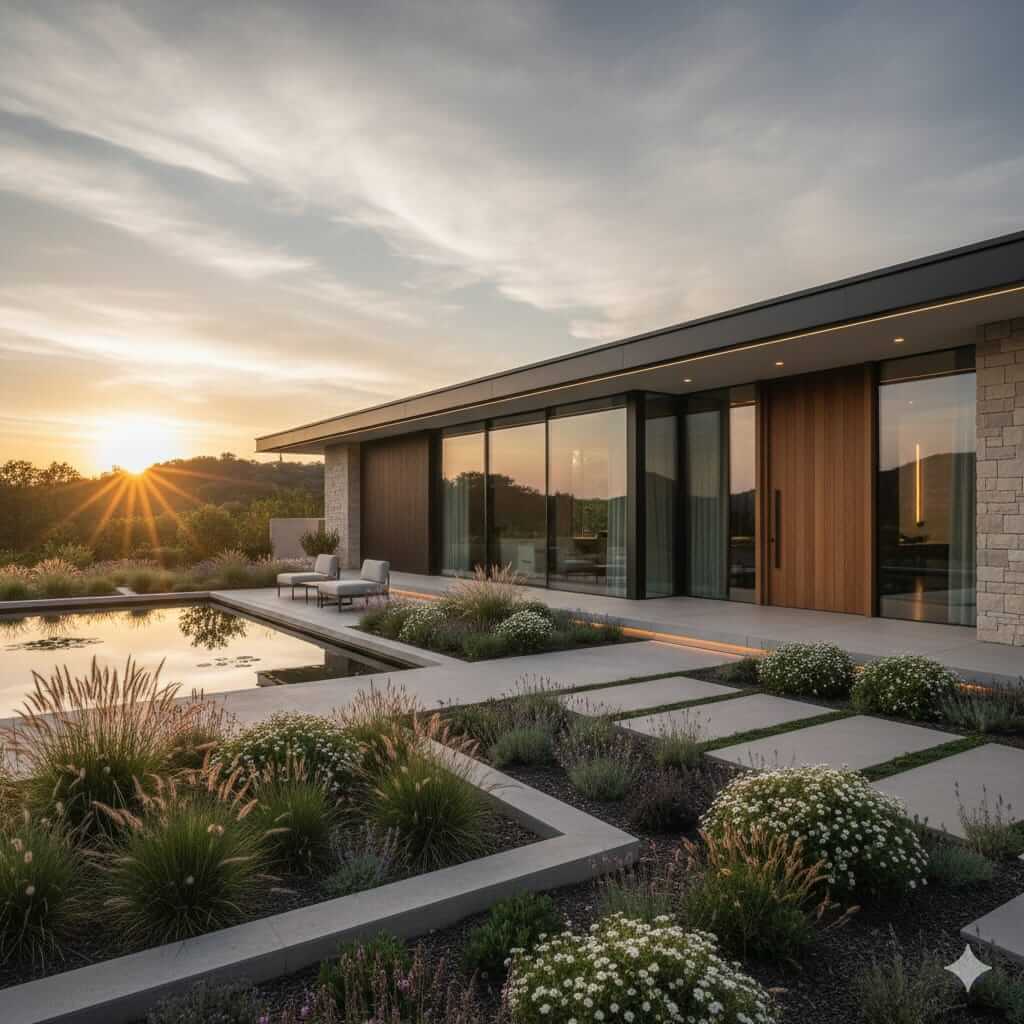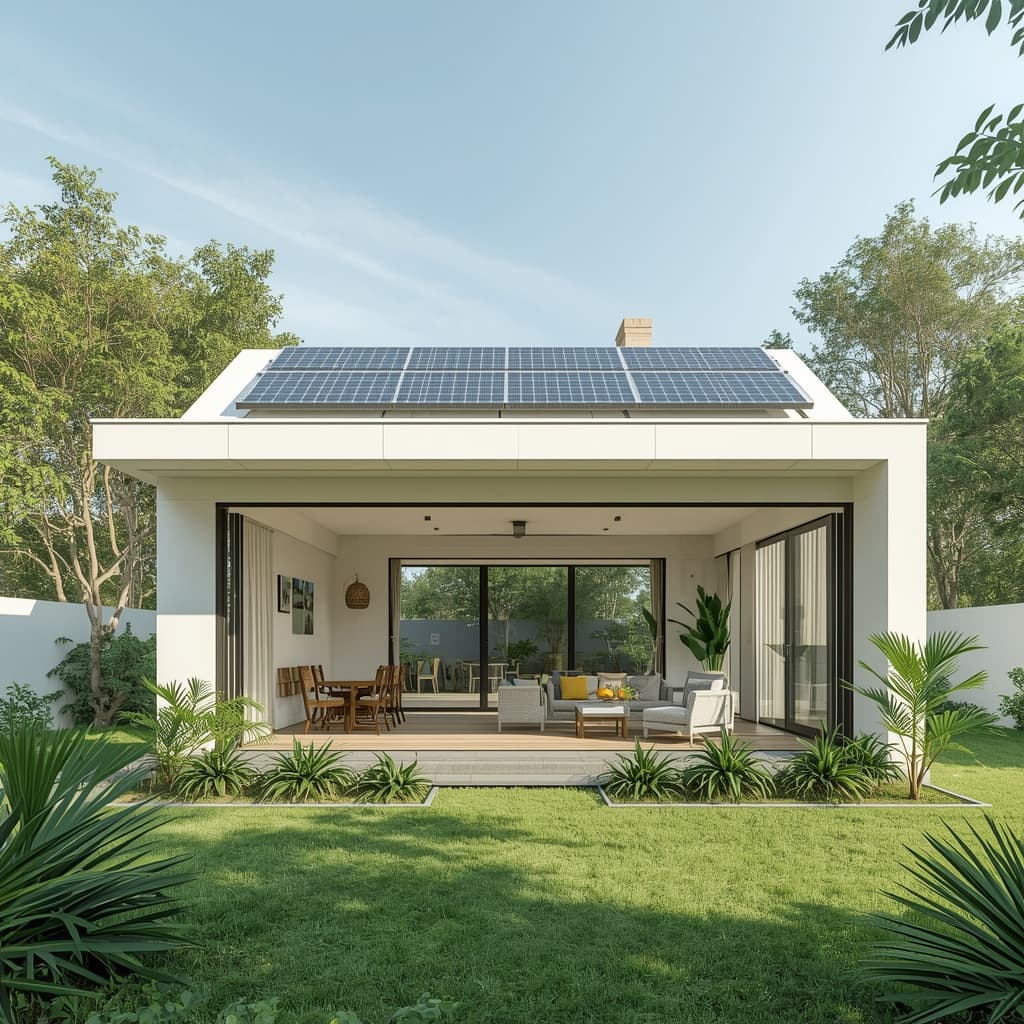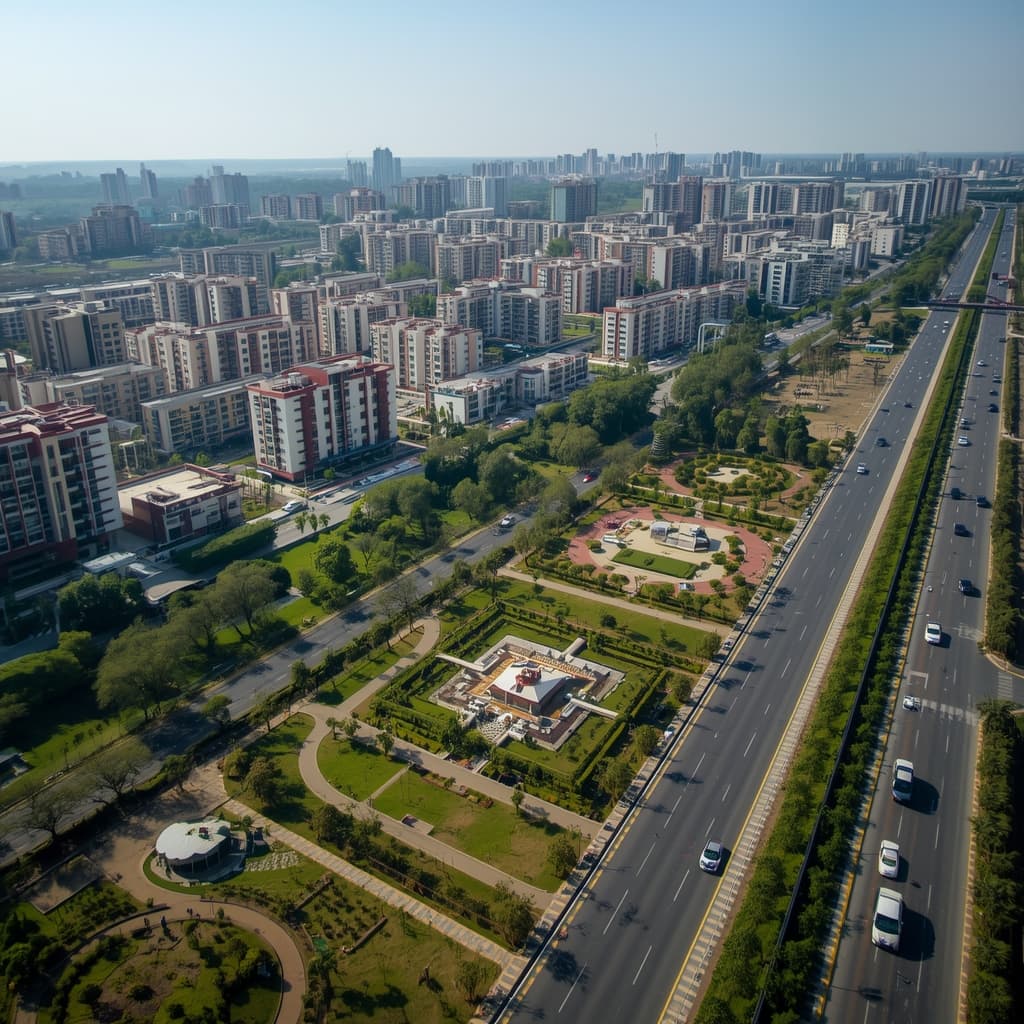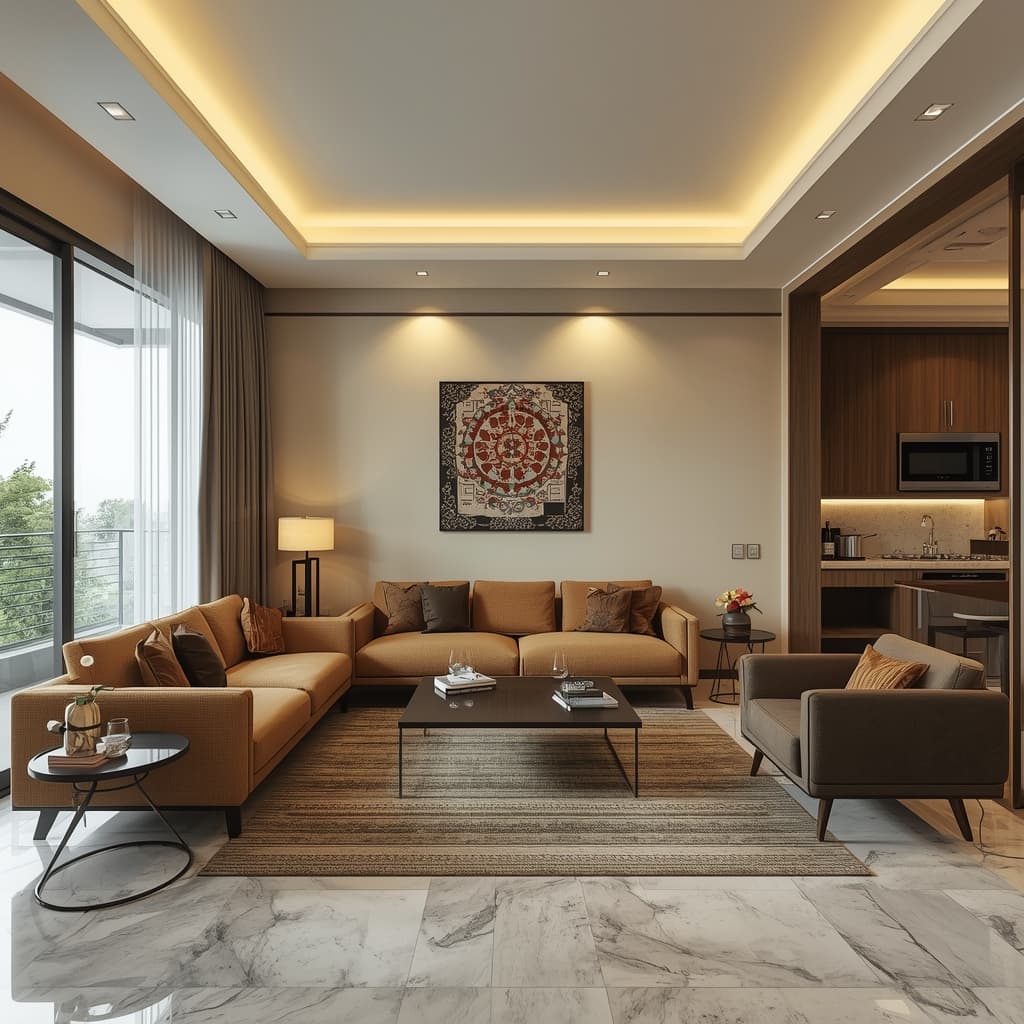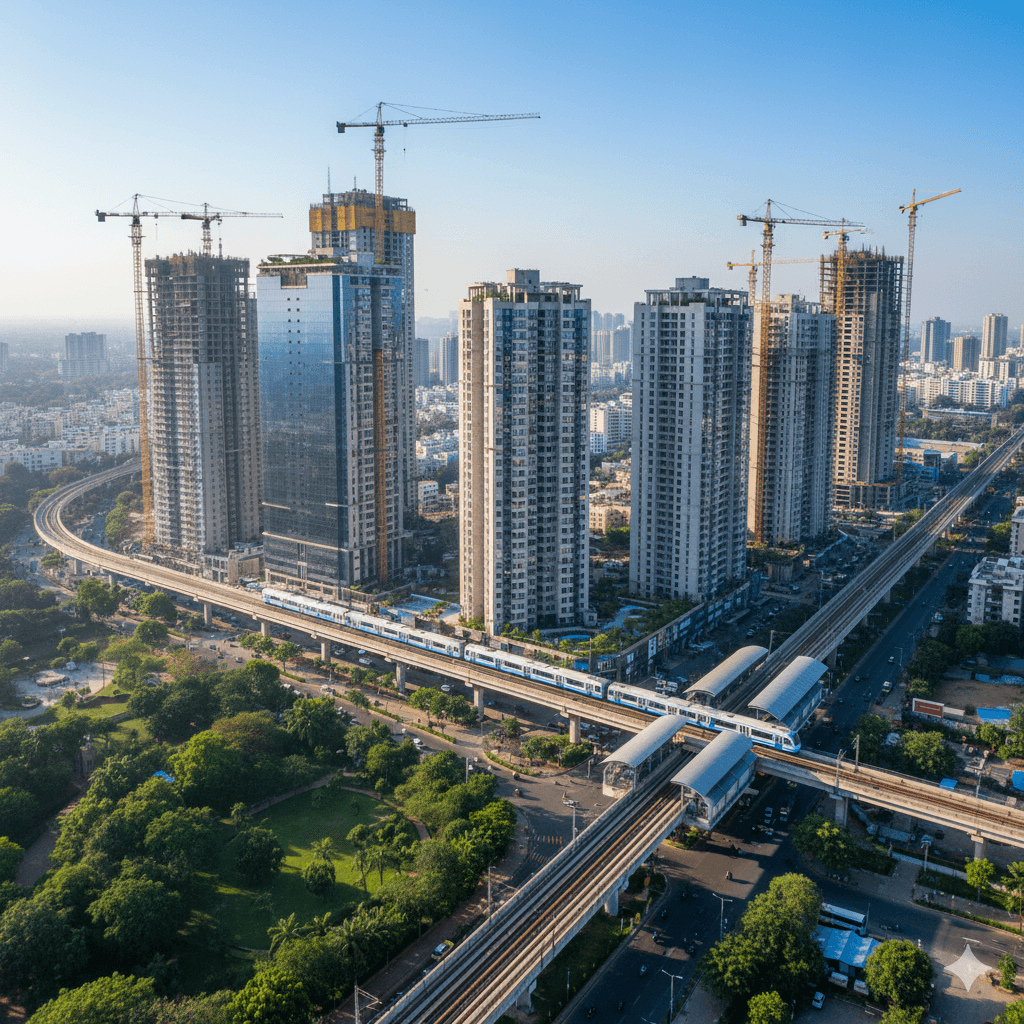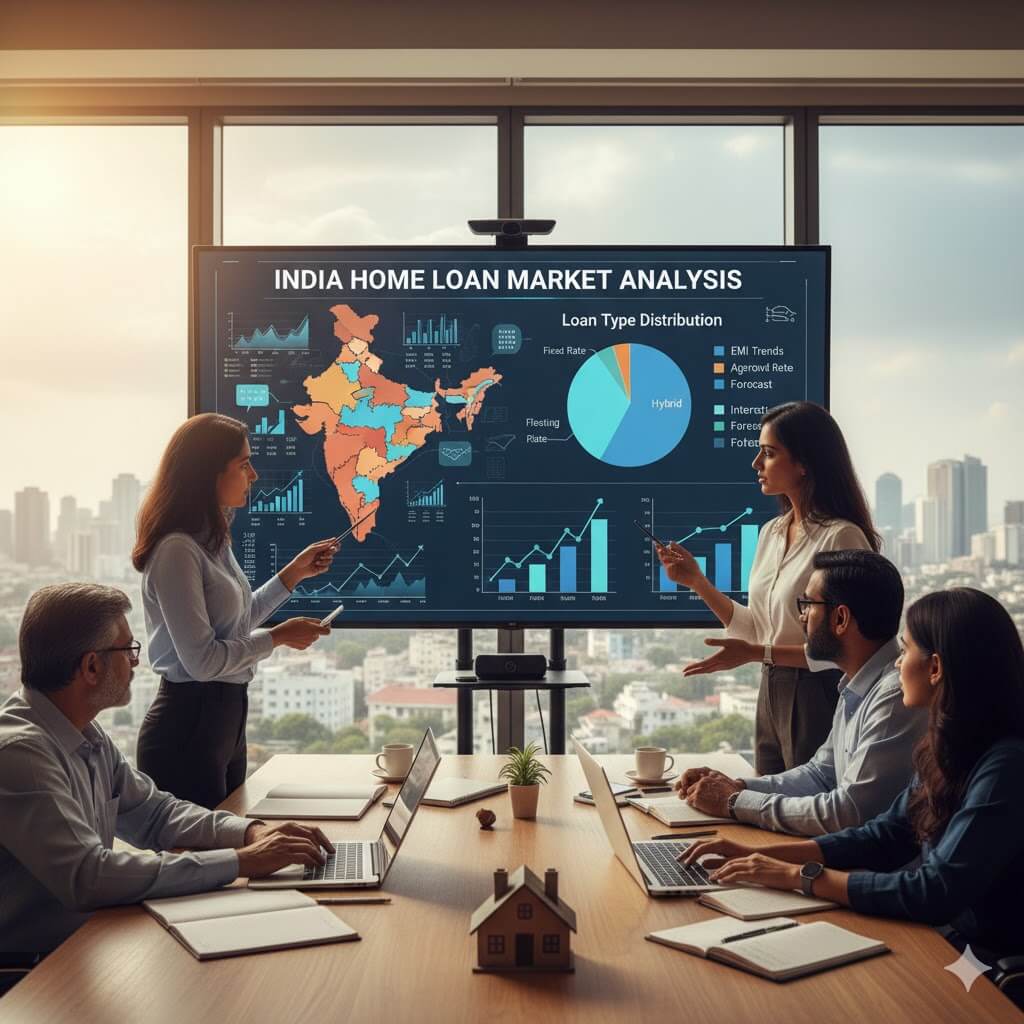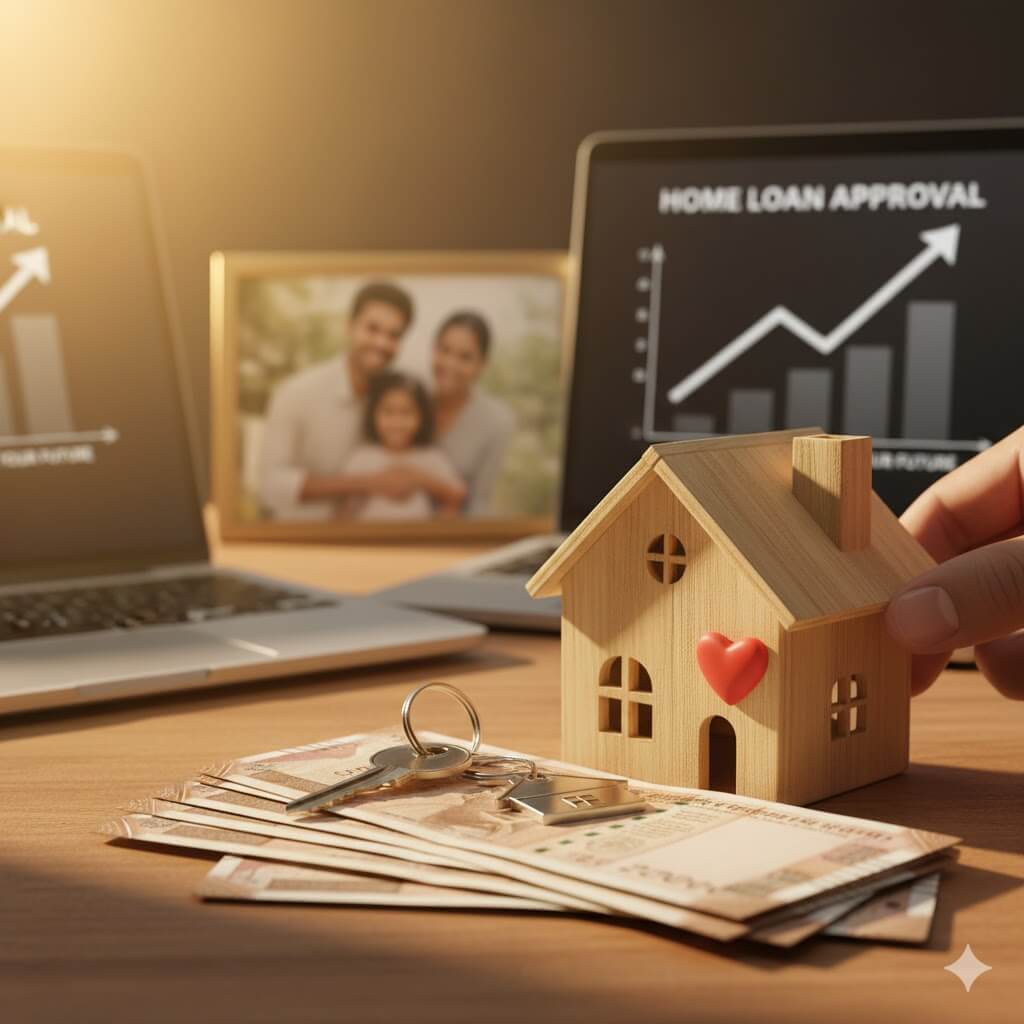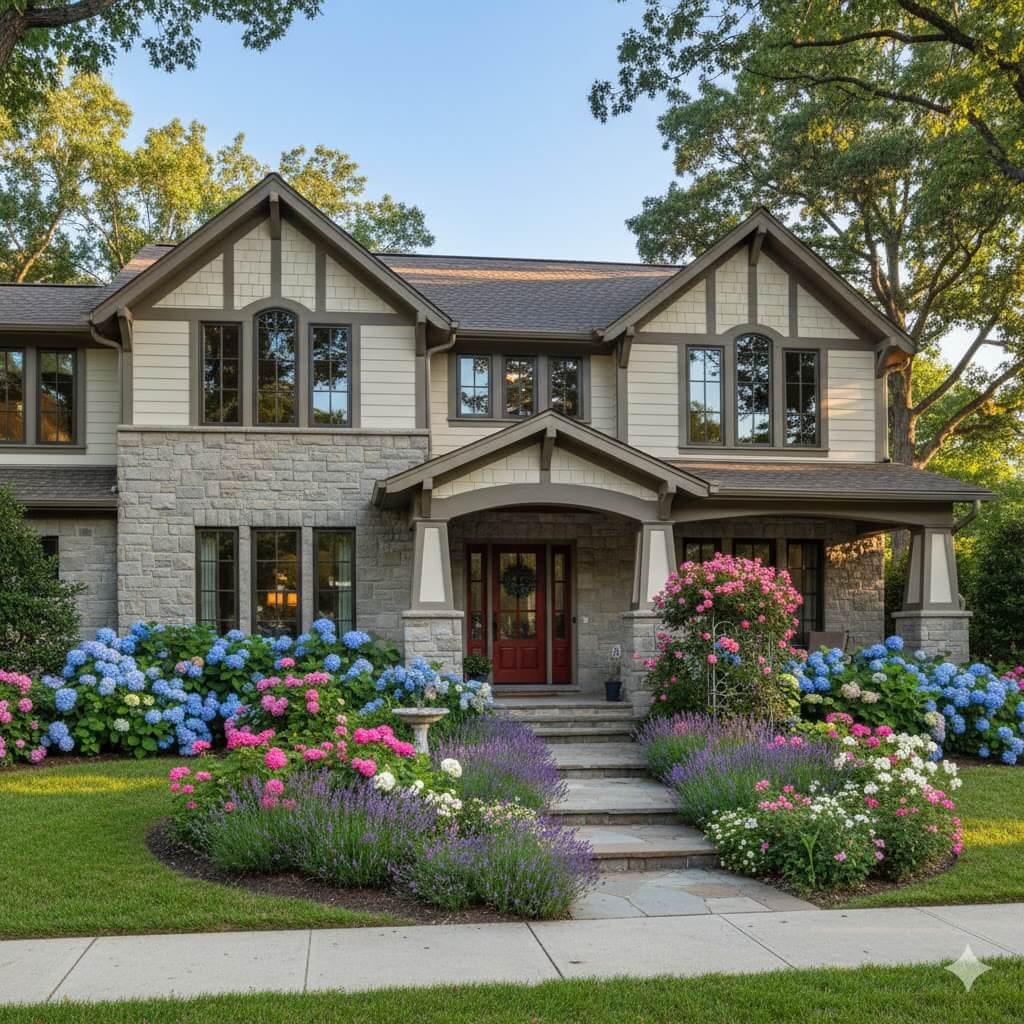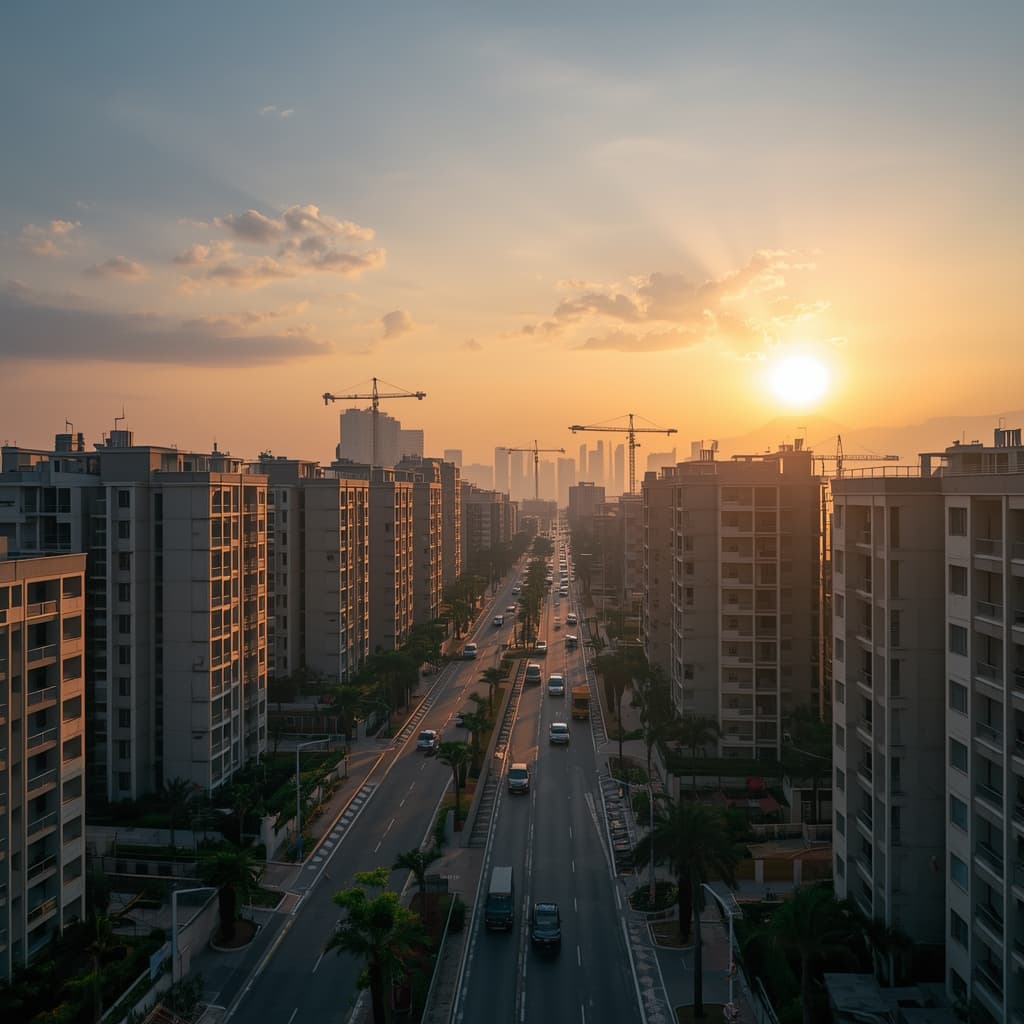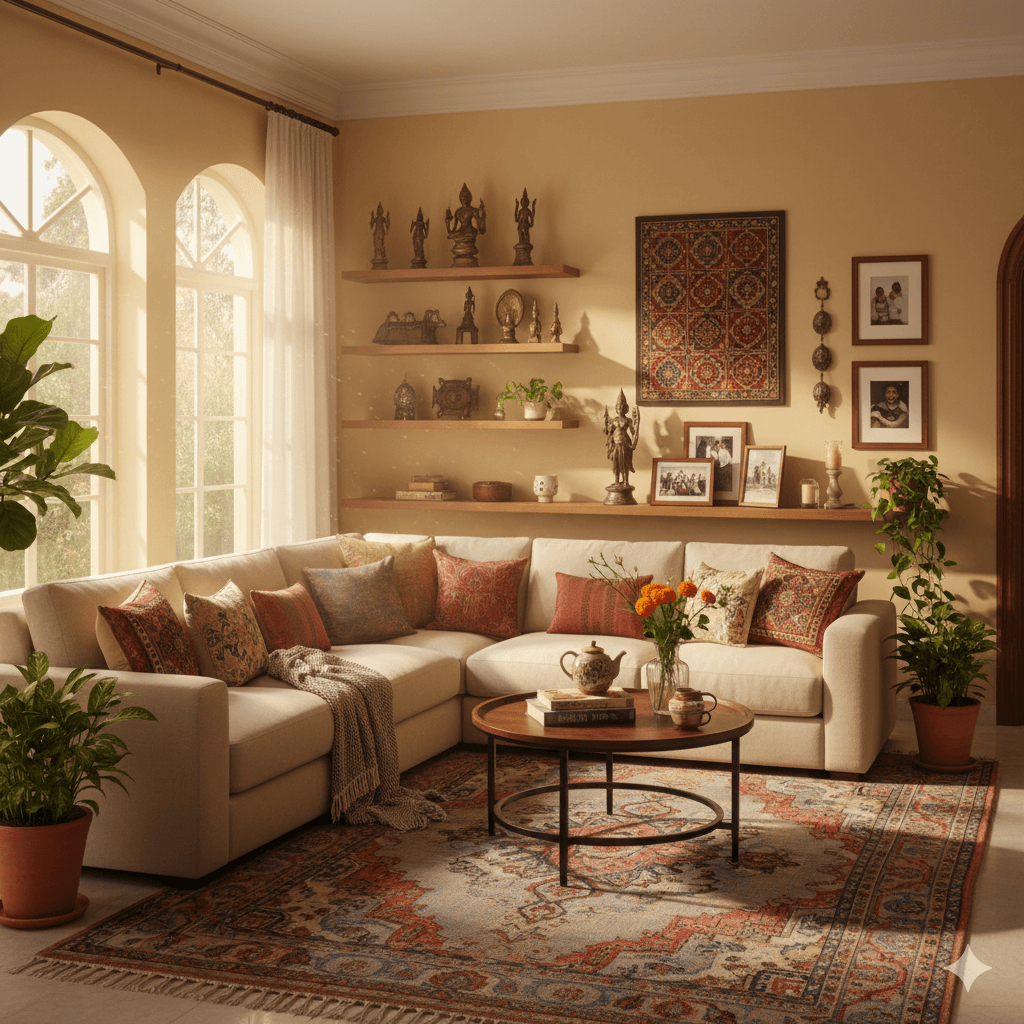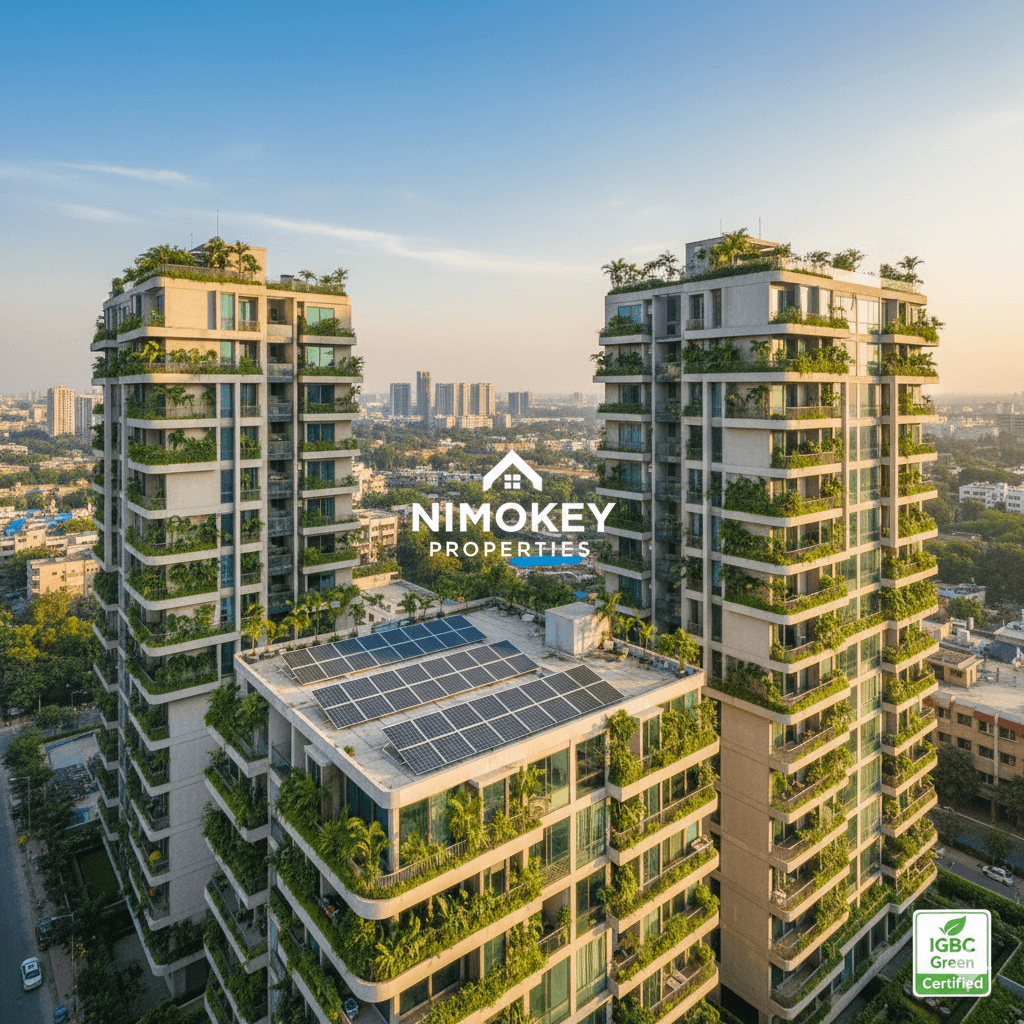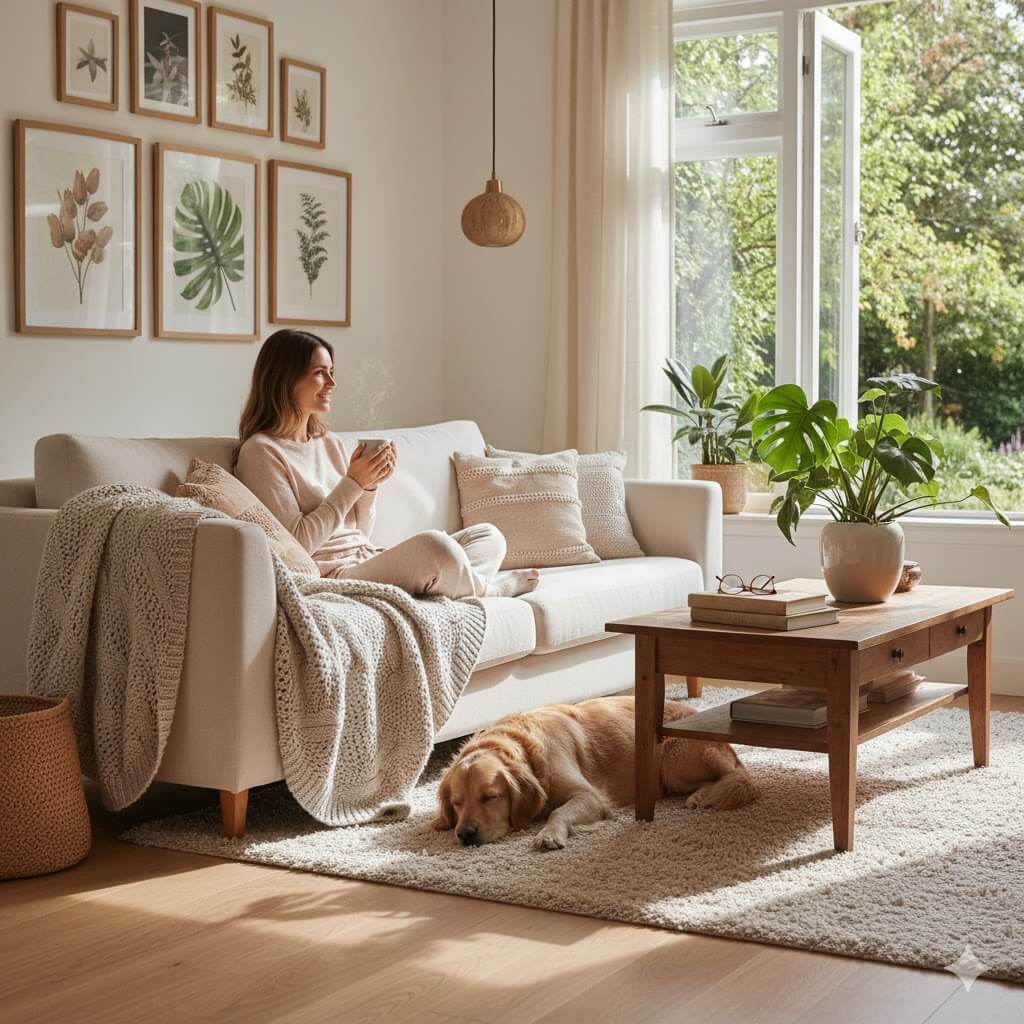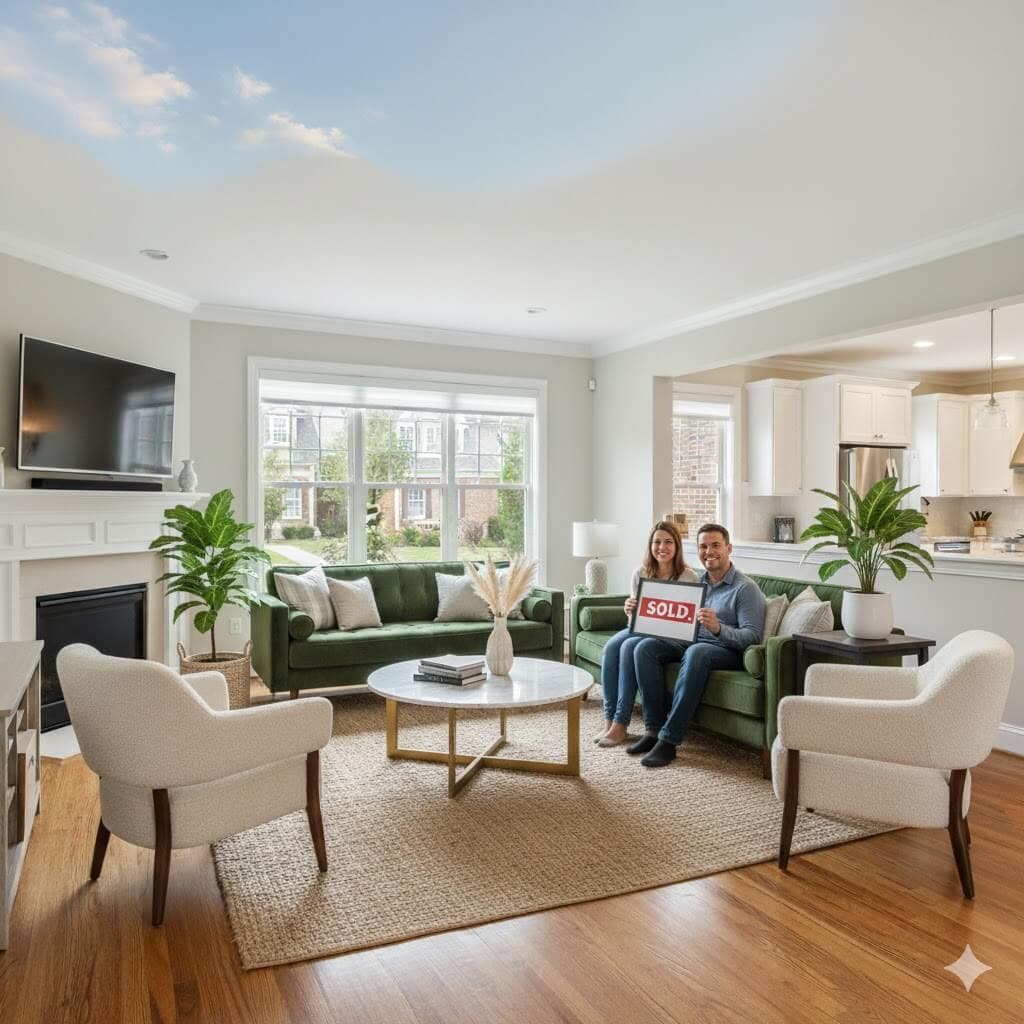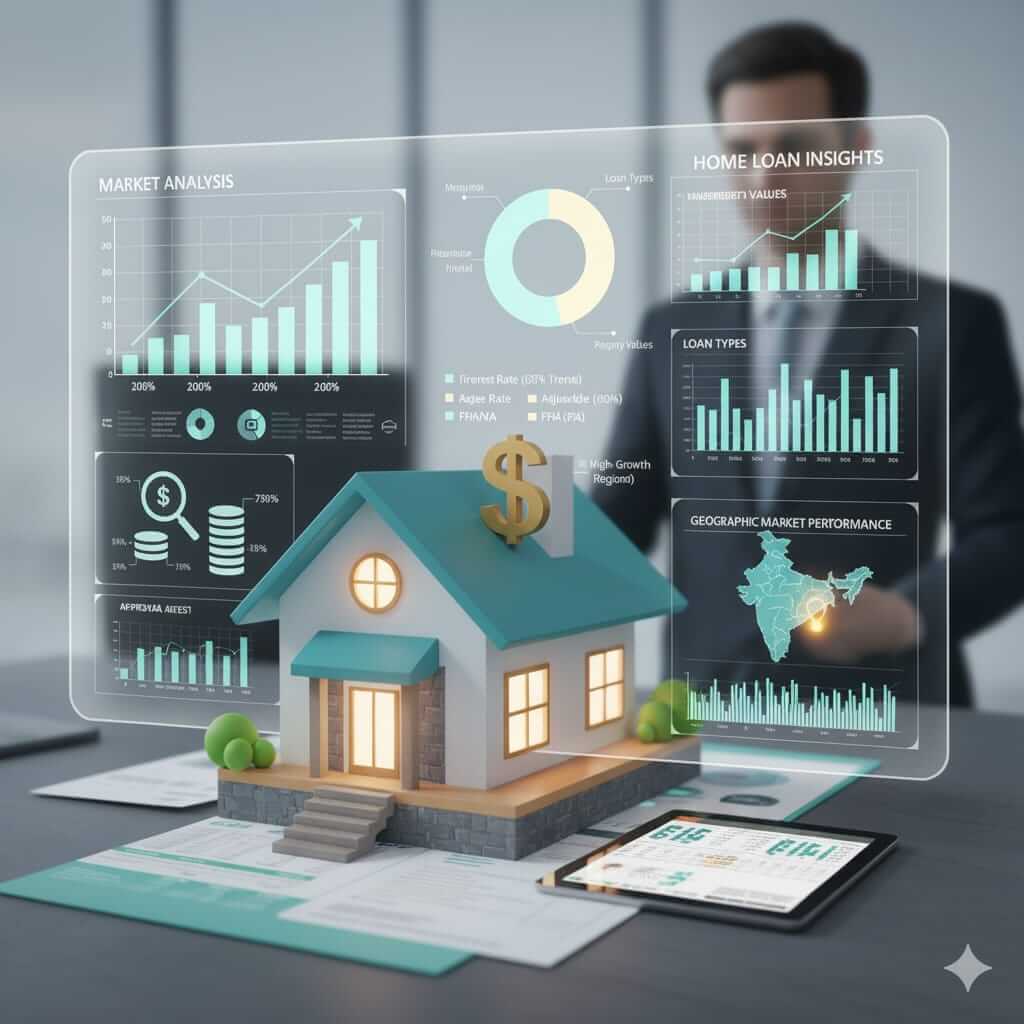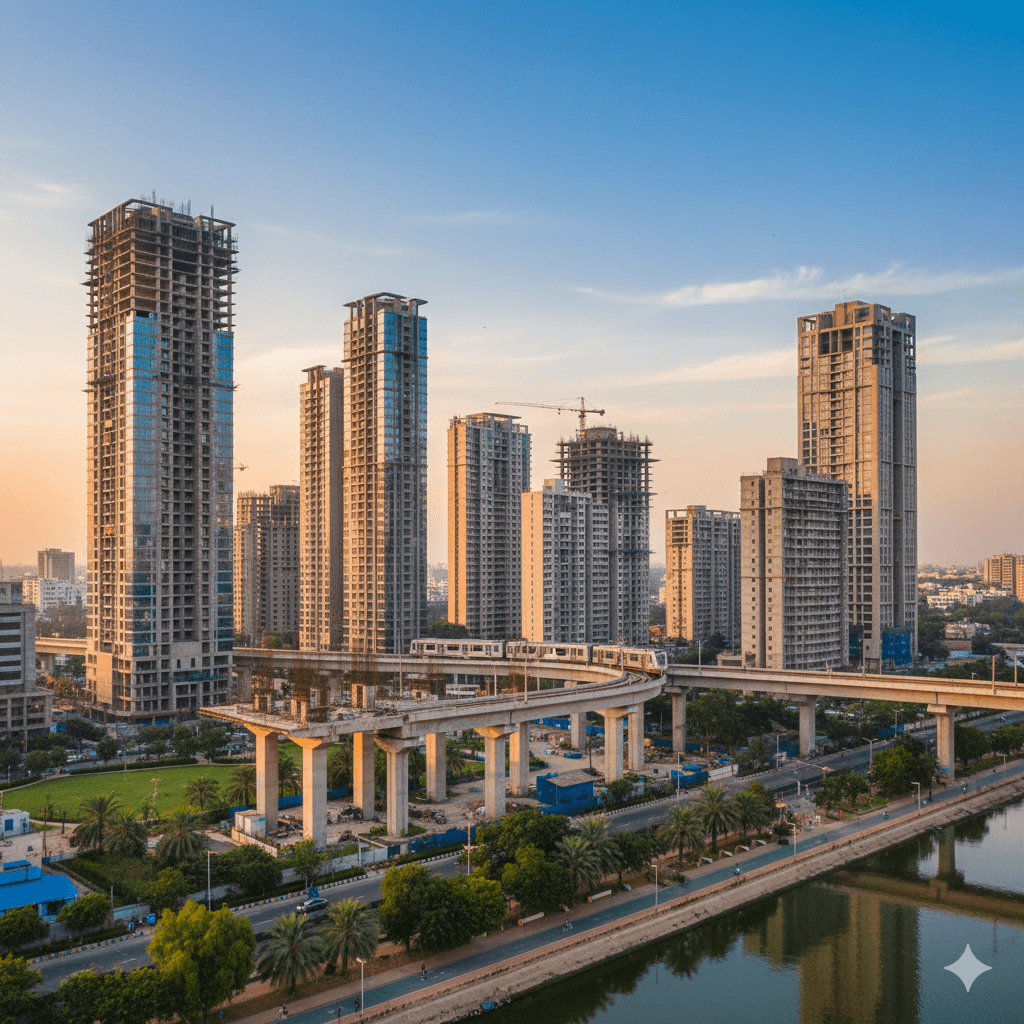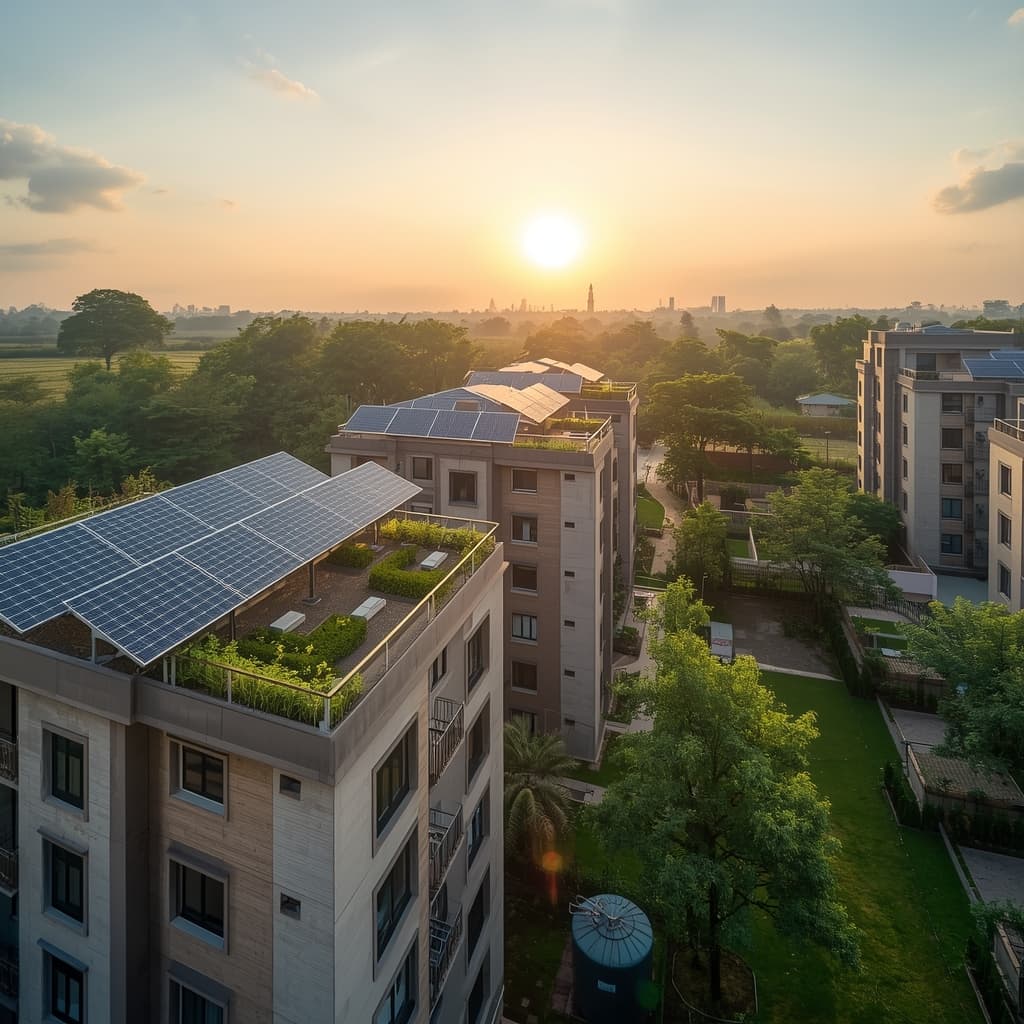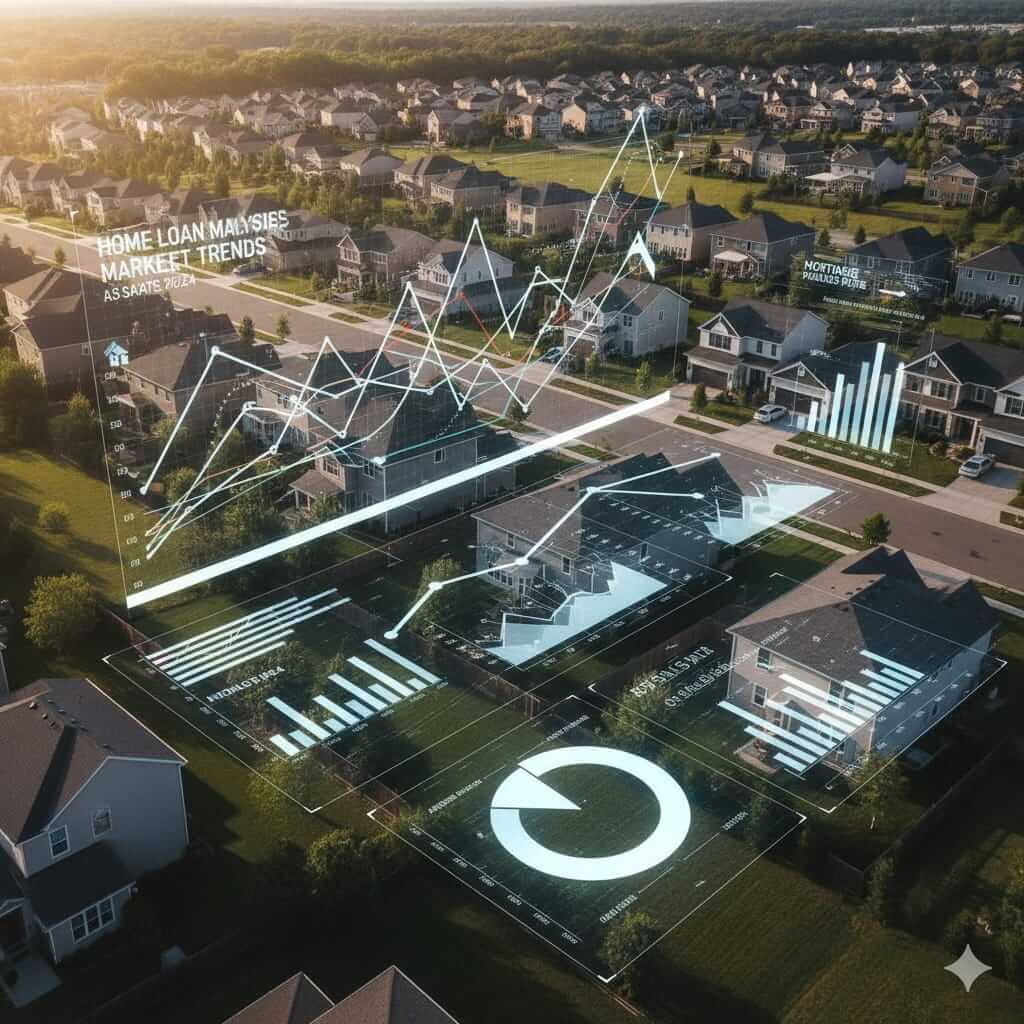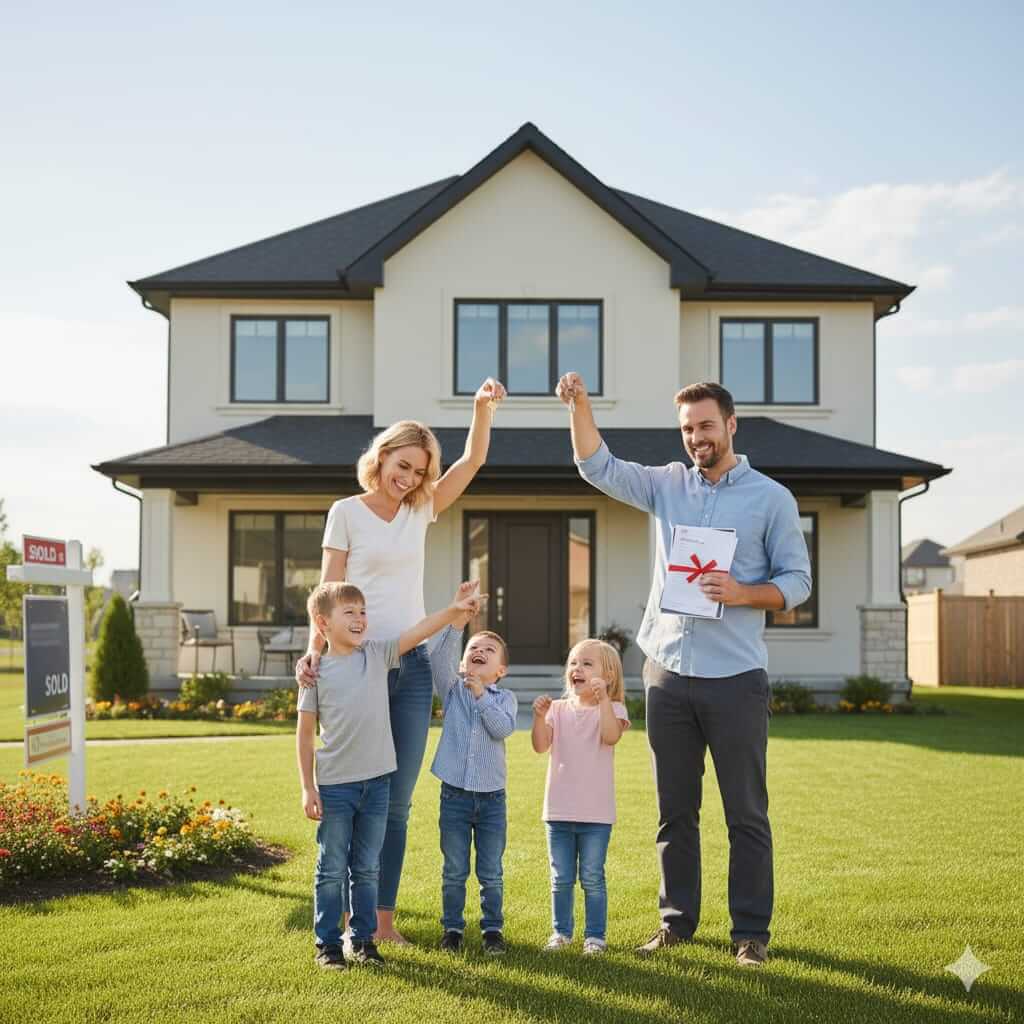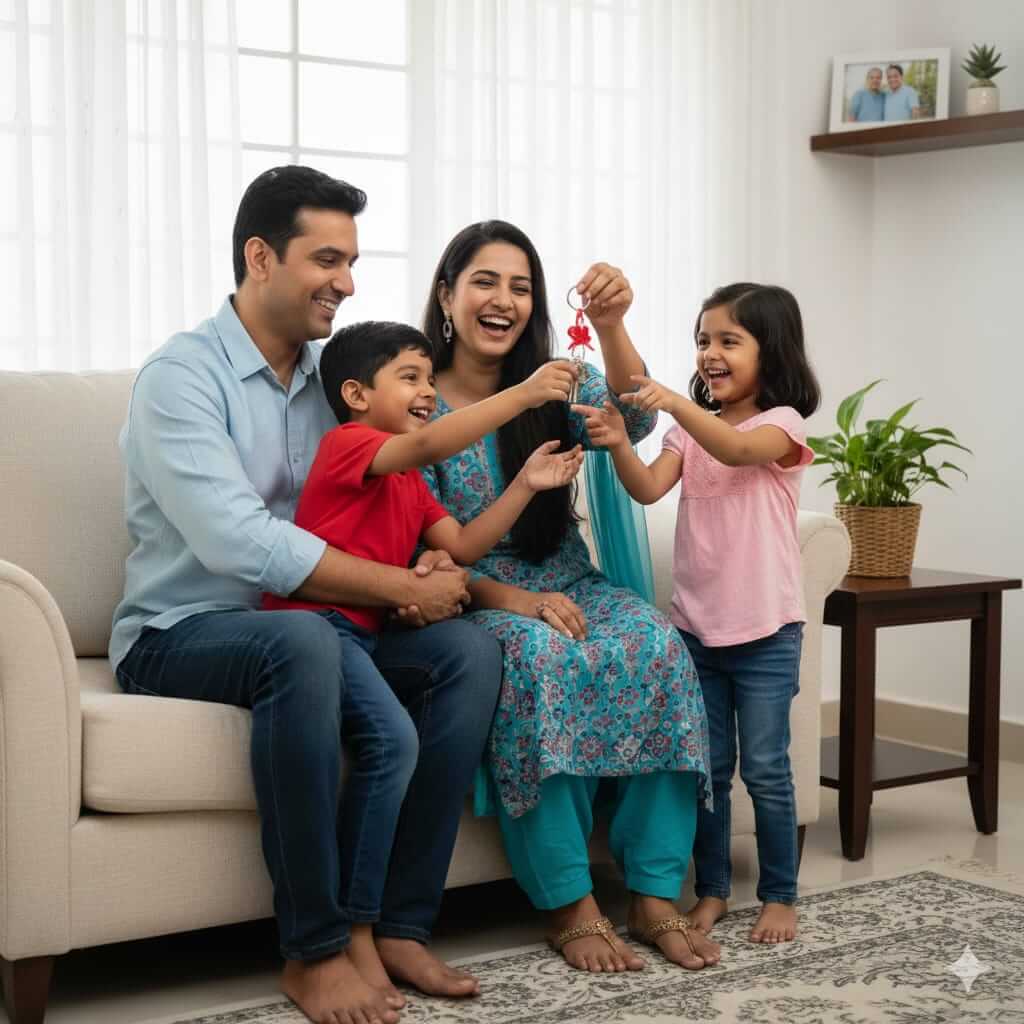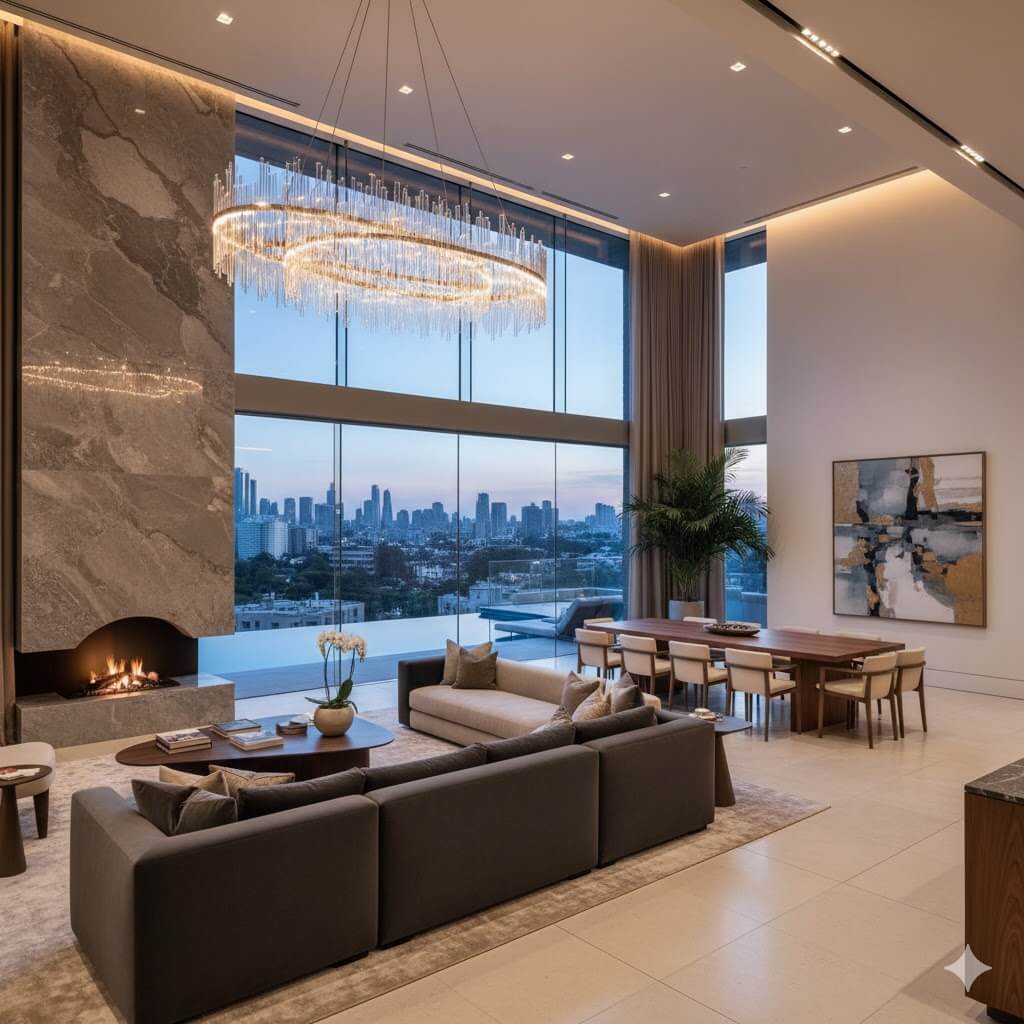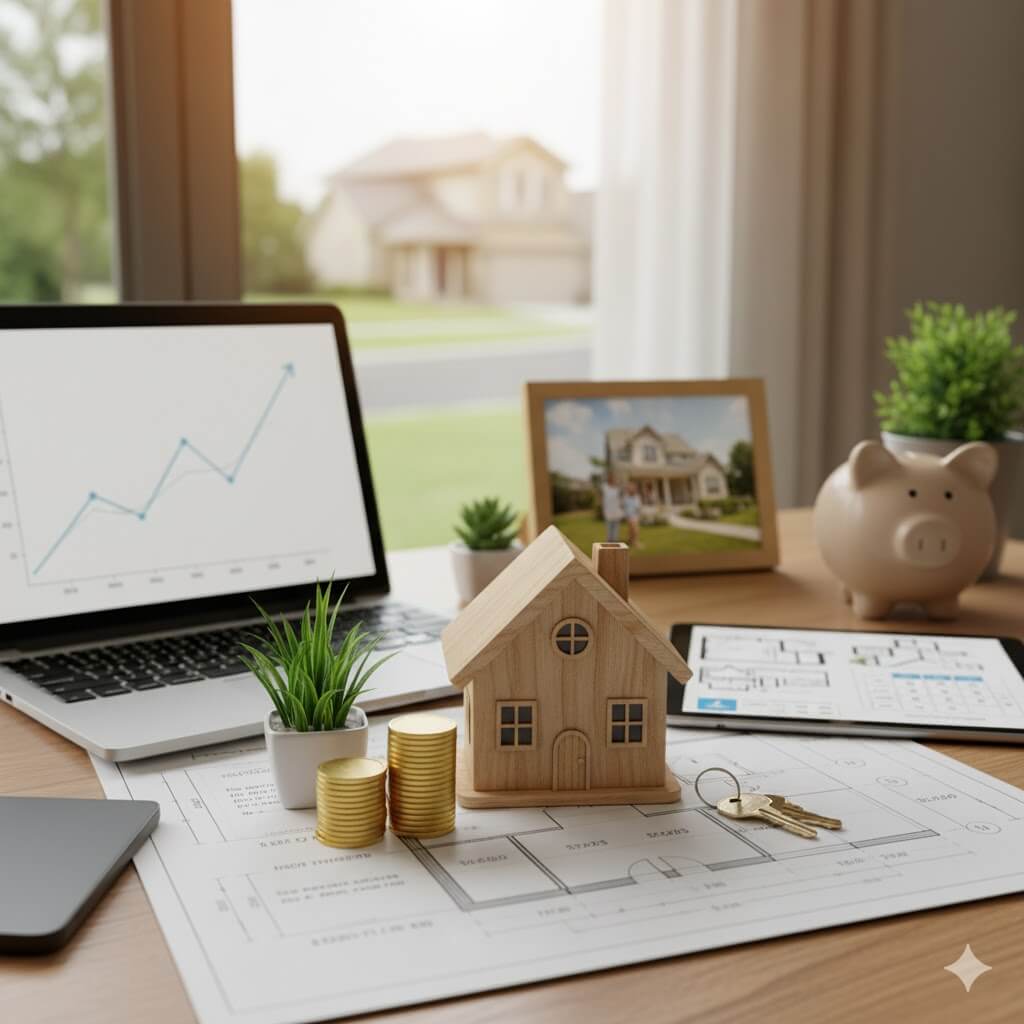Sustainable Living: How Eco-Friendly Homes Are Shaping the Future
Eco-friendly homes are more than a trendthey represent the future of sustainable living. Learn how green architecture, smart energy use, and eco-conscious financing are transforming the way we live in 2025.

The world is entering a new era of sustainabilityand nowhere is this shift more visible than in how we design, build, and live in our homes. With rising climate concerns, resource scarcity, and a growing demand for healthier spaces, eco-friendly homes are becoming the standard of modern living. These homes don't just reduce environmental impactthey also promise long-term cost savings, comfort, and improved quality of life.
1. What Are Eco-Friendly Homes?
Eco-friendly or sustainable homes are designed to minimize their environmental footprint throughout their lifecyclefrom construction to daily operation. They use natural lighting, energy-efficient materials, renewable energy sources like solar power, and water-saving technologies. The goal is to create homes that conserve resources, lower emissions, and offer healthier environments for residents.
2. Why Sustainable Living Matters
- Climate Responsibility: Buildings contribute significantly to global carbon emissions. Green homes reduce energy use, helping fight climate change.
- Healthier Living: Better air circulation, non-toxic materials, and natural lighting improve indoor health and well-being.
- Financial Benefits: Energy-efficient designs lower electricity and water bills over time, providing economic as well as environmental benefits.
- Resilience & Longevity: Sustainable materials and smart design enhance a home's durability, reducing long-term maintenance costs.
3. Green Building Trends in 2025
India's real estate sector is witnessing rapid adoption of sustainable construction practices. Developers, architects, and lenders are aligning with national sustainability goals to encourage green housing. Here are some top trends:
- Passive Design Architecture: Maximizing natural ventilation, daylight, and insulation reduces the need for artificial cooling and heating.
- Renewable Energy Integration: Rooftop solar panels, rainwater harvesting, and waste recycling systems are becoming standard in new projects.
- Smart Home Technology: Energy-monitoring systems, smart thermostats, and IoT-based appliances help homeowners track and reduce energy use.
- Use of Sustainable Materials: Builders increasingly use bamboo, recycled steel, fly-ash bricks, and locally sourced materials to reduce carbon footprint.
4. Financial Incentives and Green Home Loans
Homebuyers are now supported by financial institutions offering green home loansspecial financing options for environmentally certified properties. Banks such as HDFC, Axis Bank, and IIFL Home Finance provide interest rate discounts or fee waivers for green-certified projects under IGBC or GRIHA standards.
By choosing a sustainable home, you not only contribute to the environment but can also access long-term savings and better financing terms.
5. Benefits of Living in Eco-Friendly Homes
- Lower Utility Bills: Energy-efficient systems and renewable power reduce monthly expenses.
- Improved Air Quality: Use of non-toxic paints and natural ventilation enhances health and comfort.
- Higher Property Value: Green-certified homes are in high demand and often enjoy better resale value.
- Positive Environmental Impact: Each eco-friendly home contributes to reduced carbon emissions and sustainable community development.
6. Challenges in Adopting Sustainable Housing
- Initial Costs: Green technologies like solar panels and efficient HVAC systems can increase upfront investment.
- Limited Awareness: Many homebuyers and small developers still lack awareness about certification systems or government benefits.
- Certification Barriers: Achieving IGBC or GRIHA certification involves compliance costs and documentation, which can discourage smaller projects.
7. How to Transition to Sustainable Living
- Choose homes with IGBC or GRIHA certification for verified sustainability.
- Opt for green home loans to enjoy better interest rates and financial rewards.
- Adopt simple eco-friendly practicesinstall solar panels, use LED lighting, and conserve water.
- Invest in smart home devices that track energy consumption.
- Support builders and developers who prioritize environmental responsibility.
8. The Future of Sustainable Living
As sustainability becomes mainstream, eco-friendly homes will no longer be a niche but the norm. With advancements in green technology and increased government support, sustainable housing is expected to grow rapidly across India. Developers are setting new benchmarks for energy efficiency, and buyers are recognizing that eco-conscious living is the smartest financial and lifestyle choice for the future.
Conclusion
Eco-friendly homes represent the perfect balance between comfort, cost savings, and environmental responsibility. As we move toward a greener future, adopting sustainable living practices isn't just good for the planetit's an investment in a better quality of life. With tools and insights from Nimokey, you can explore certified green projects, understand financing options, and start your journey toward a sustainable home today.
About Ayushi Payal
Real estate expert with over 10 years of experience helping clients navigate the property market. Specializing in lifestyle and market analysis.
